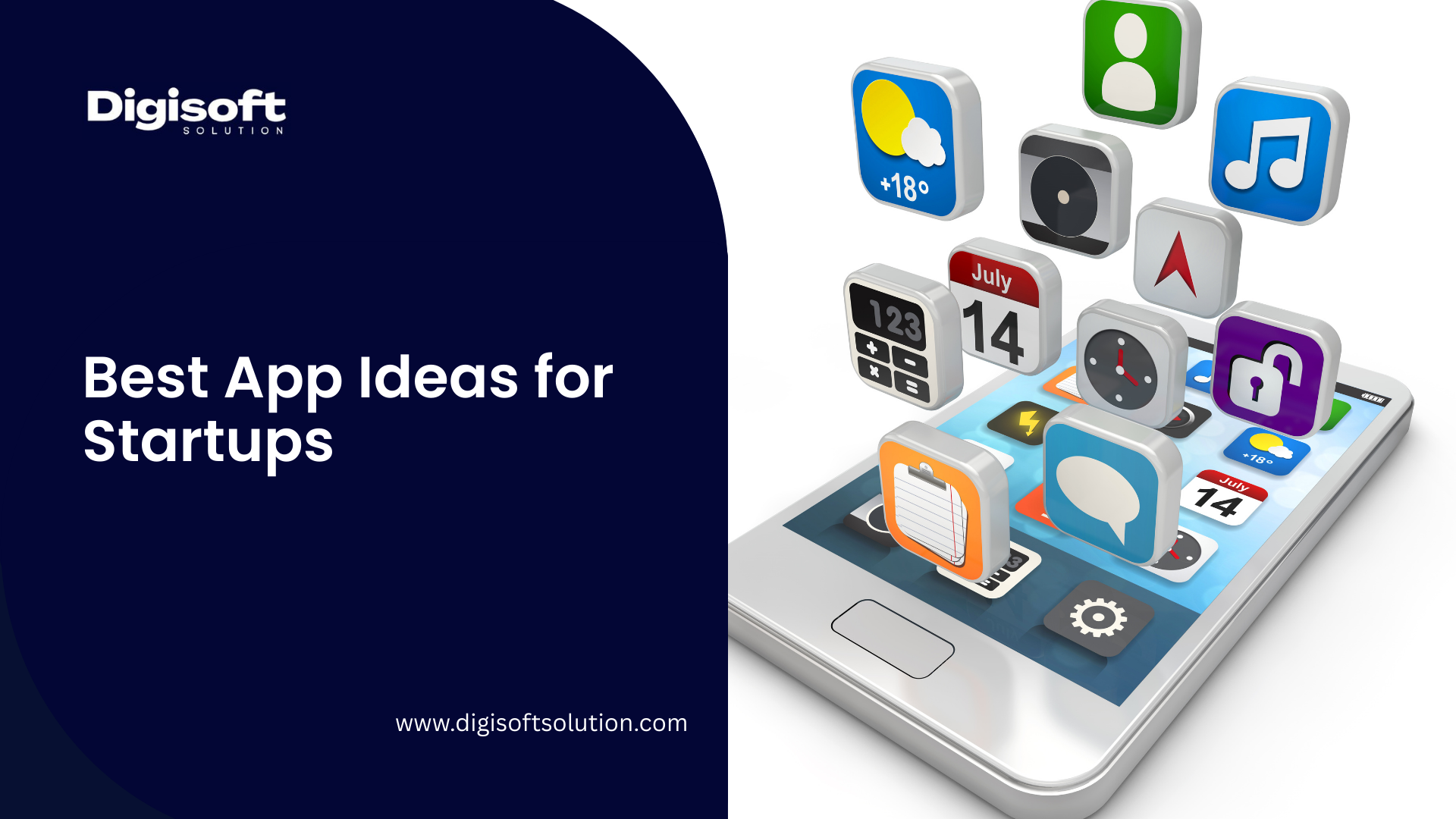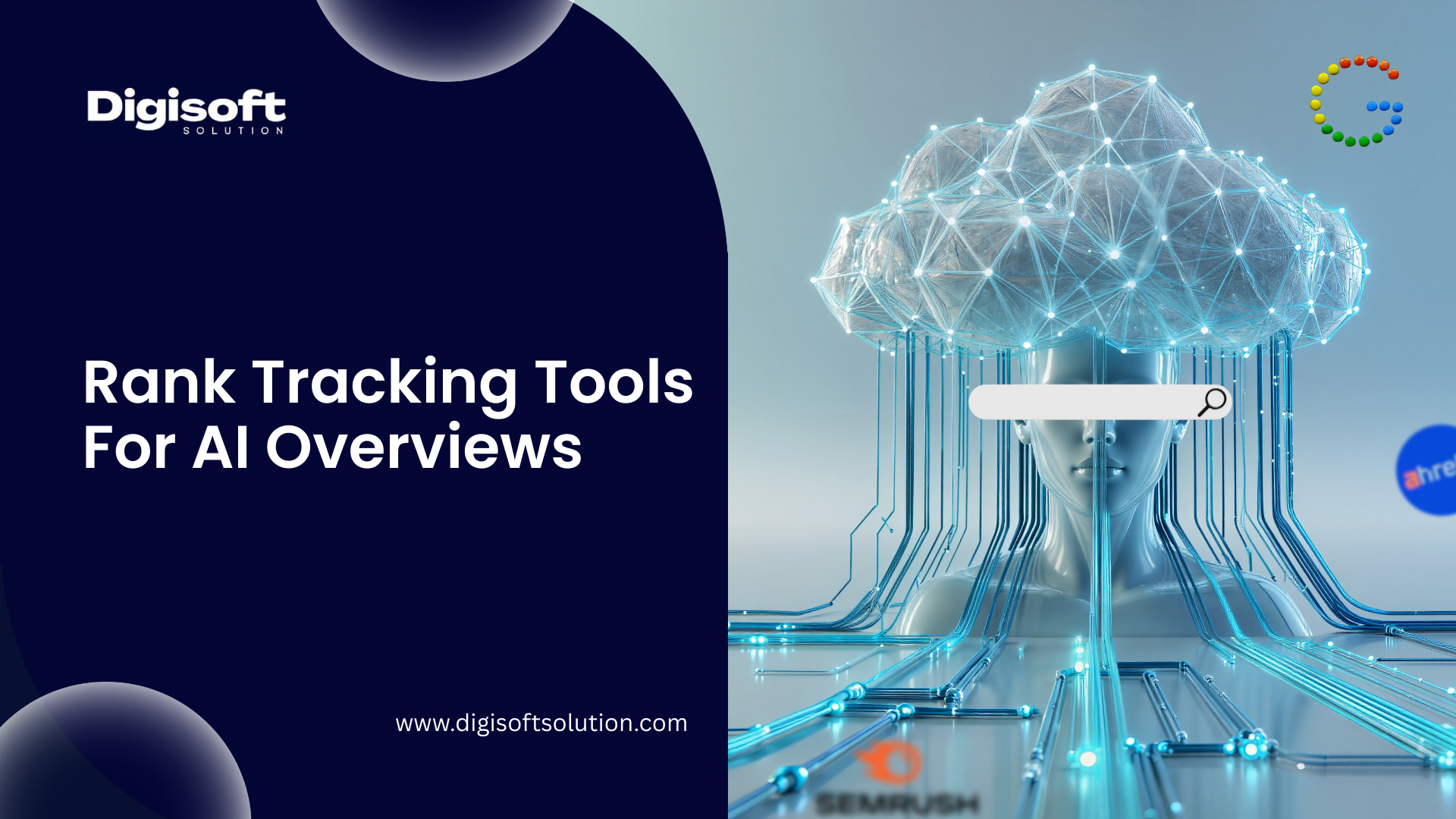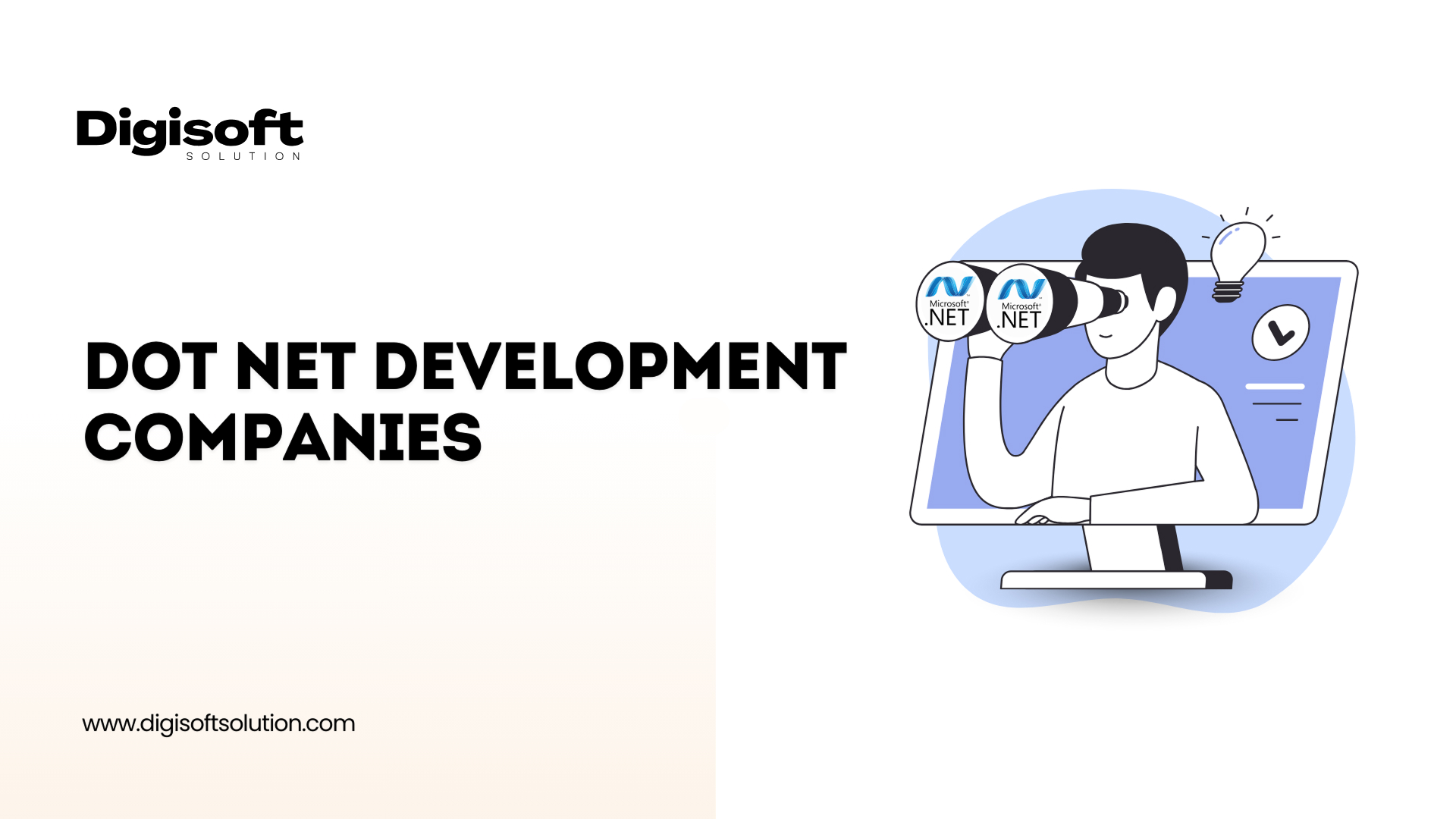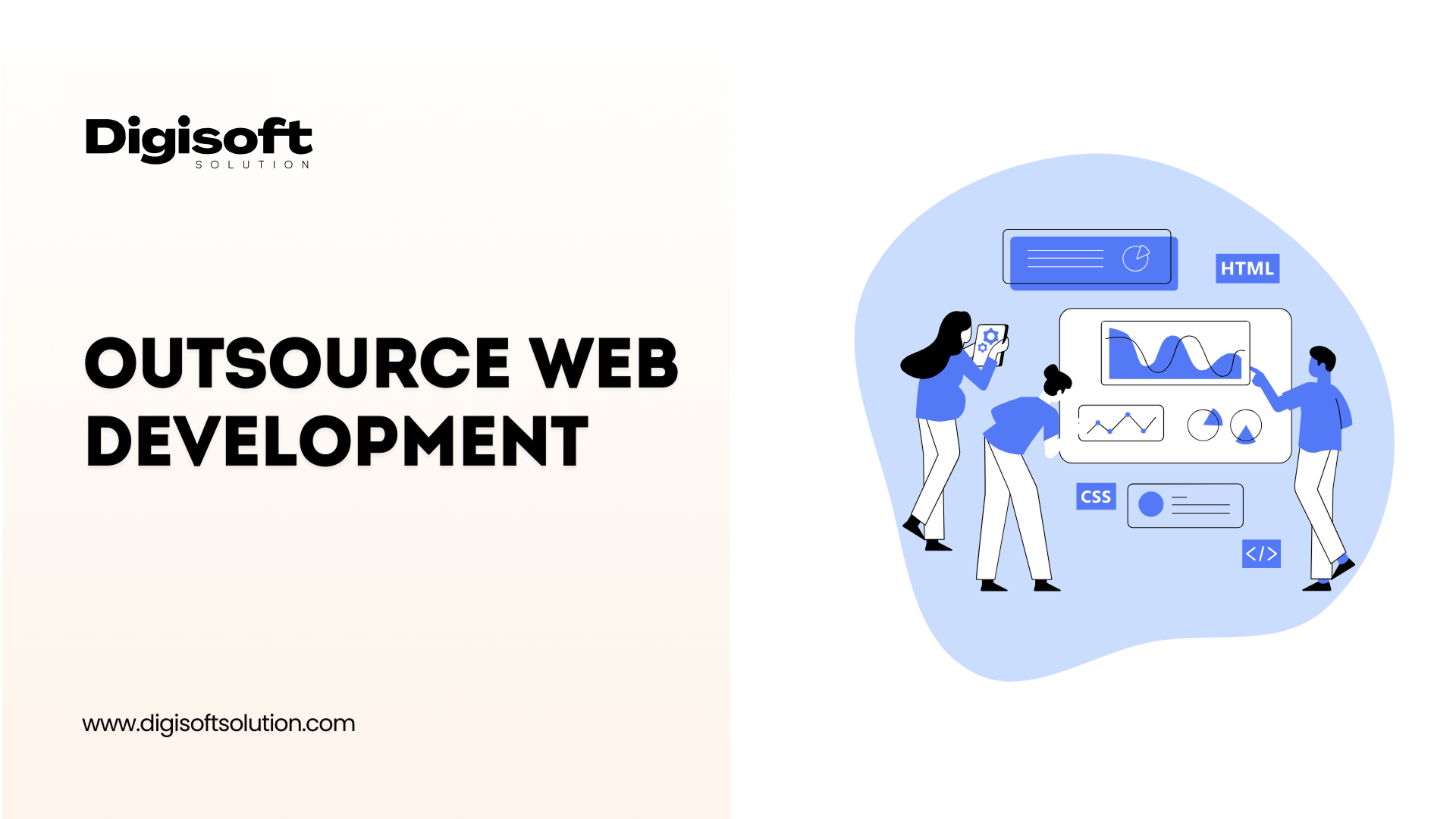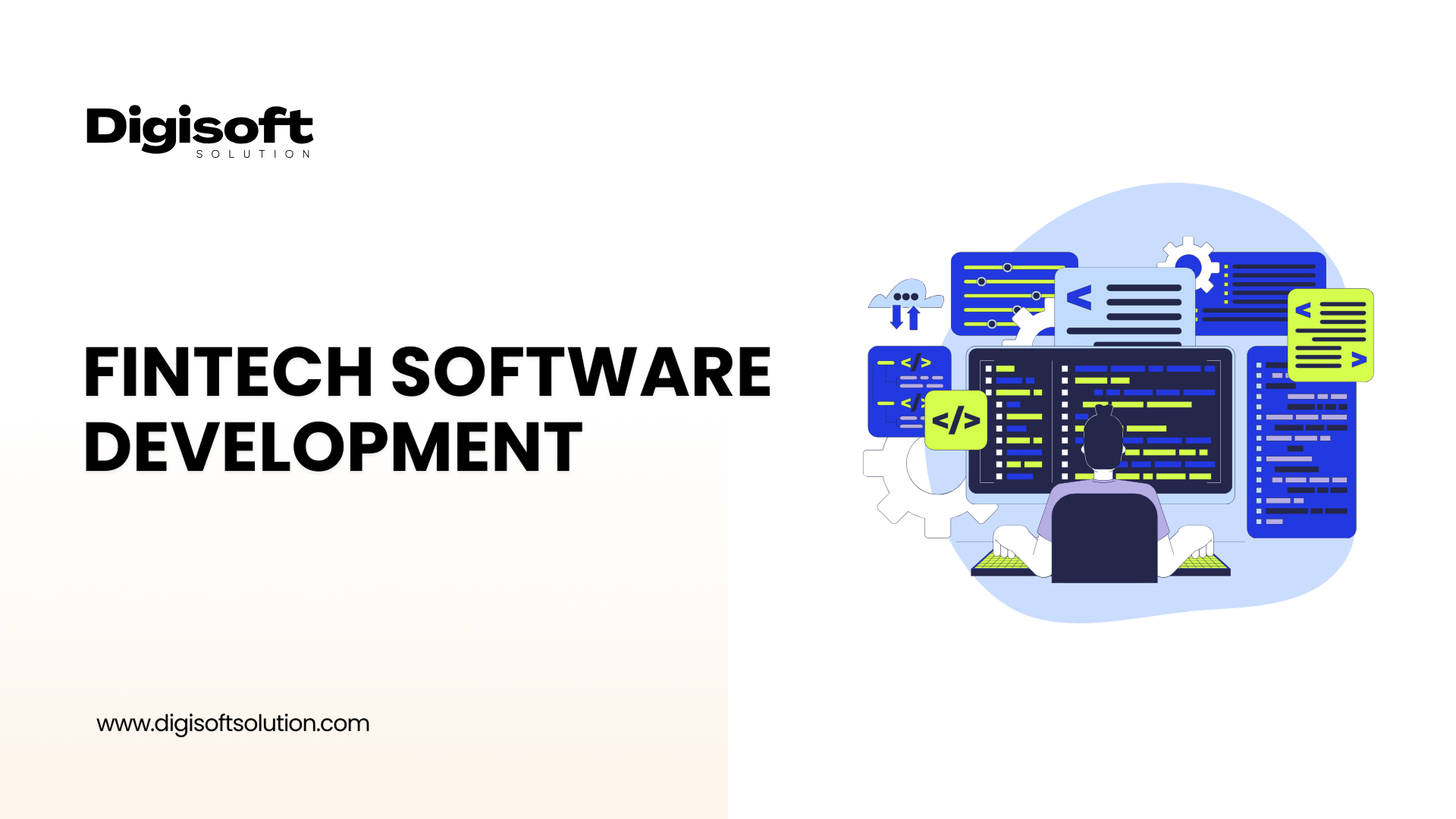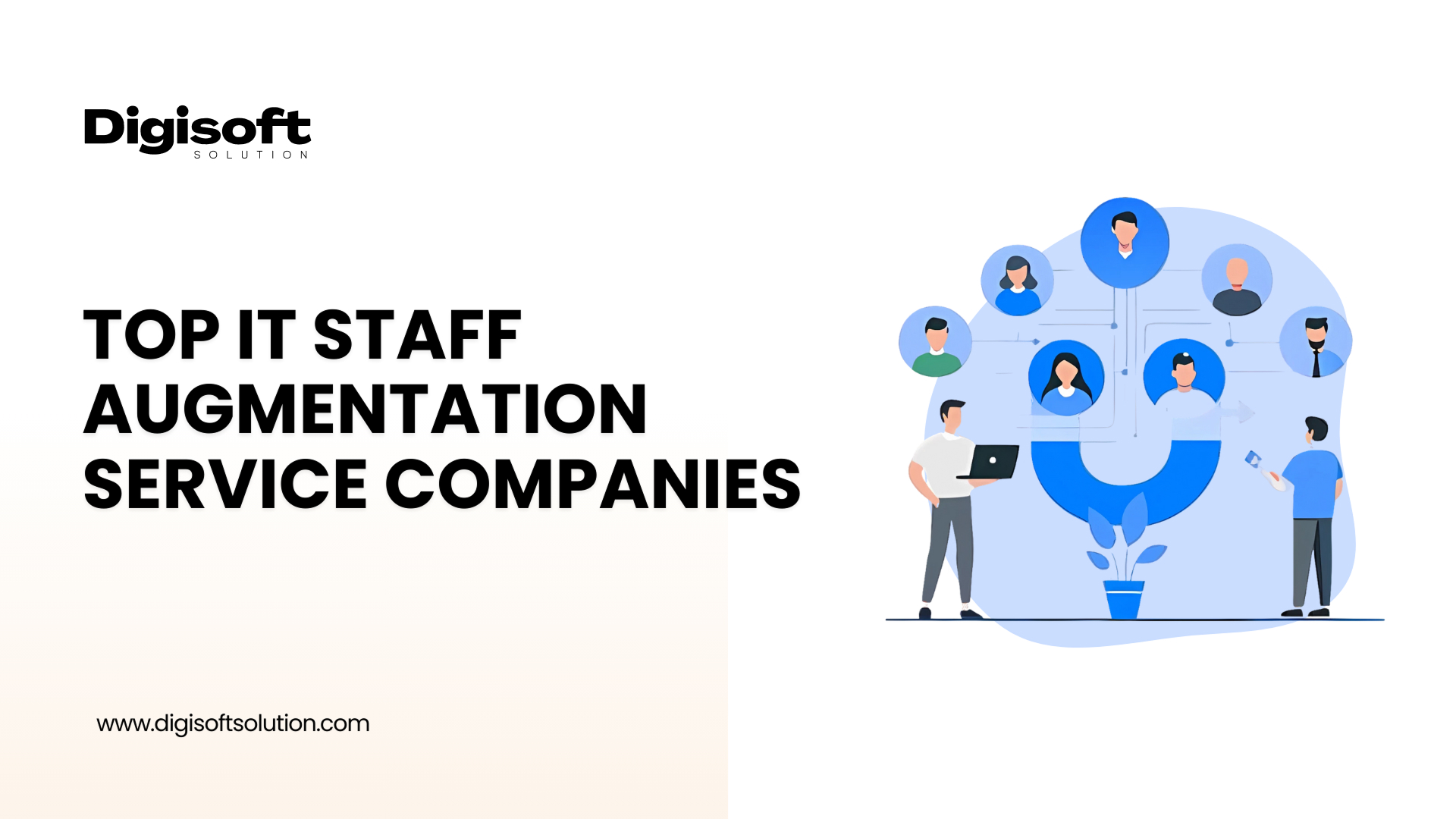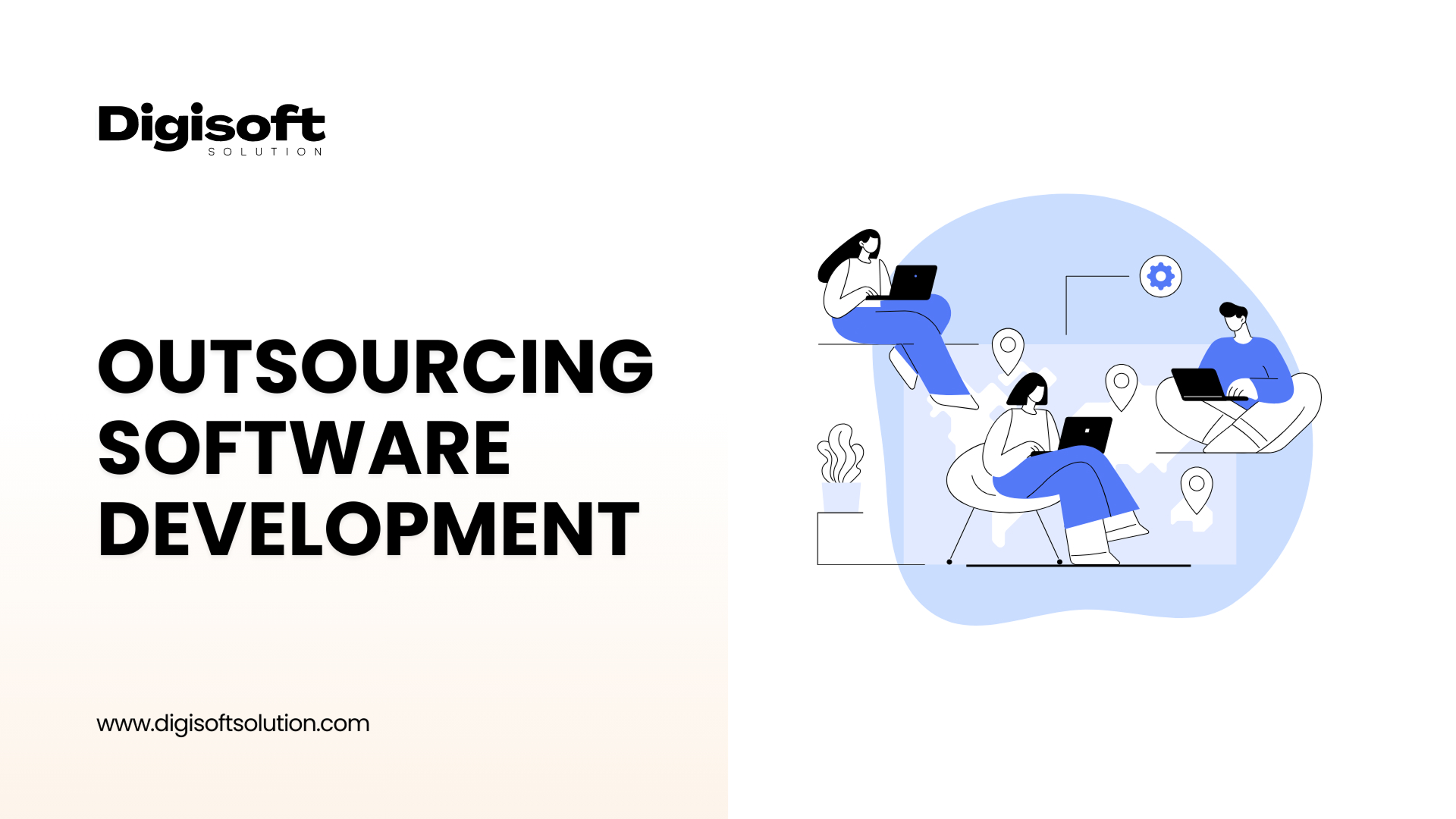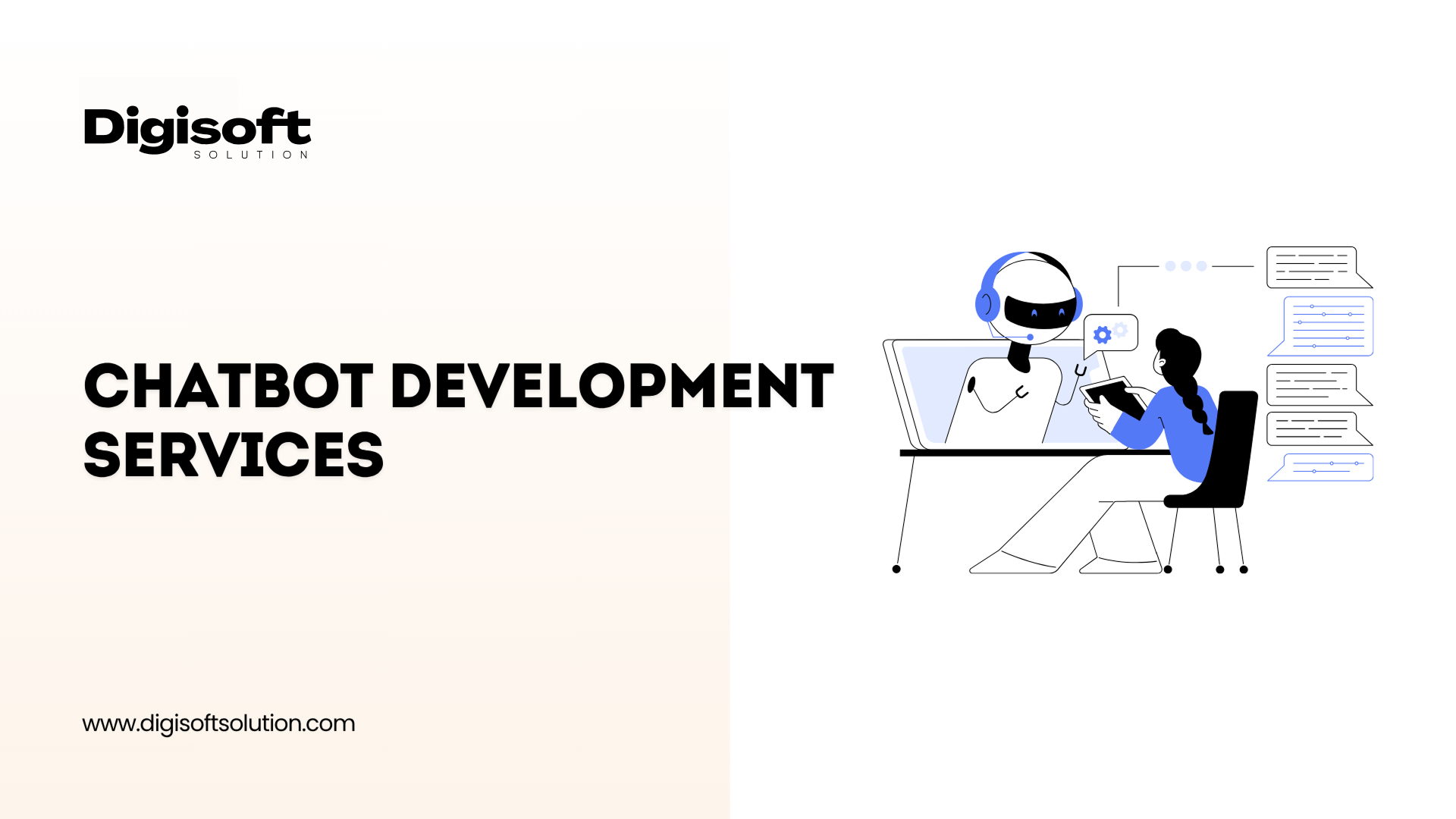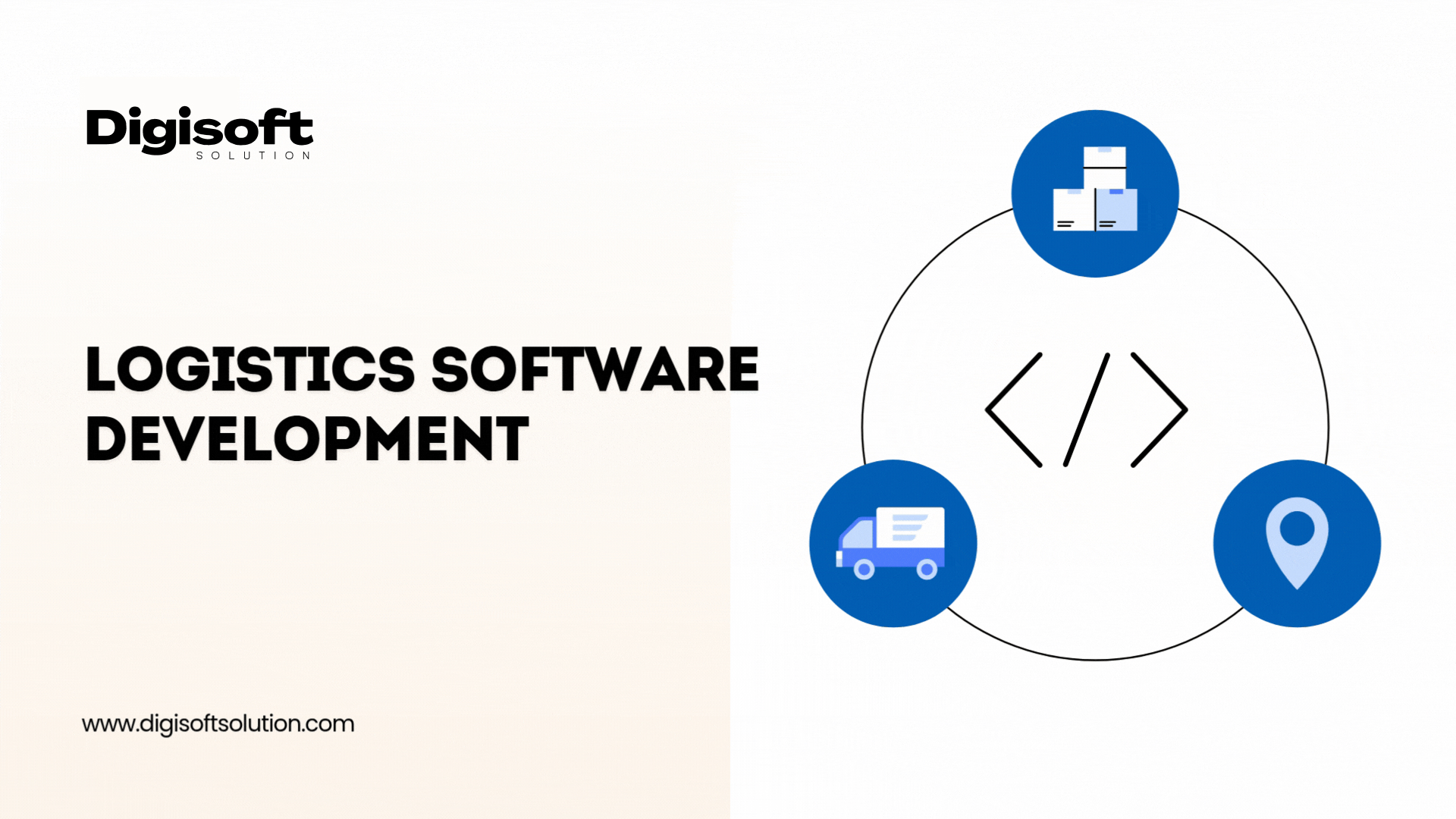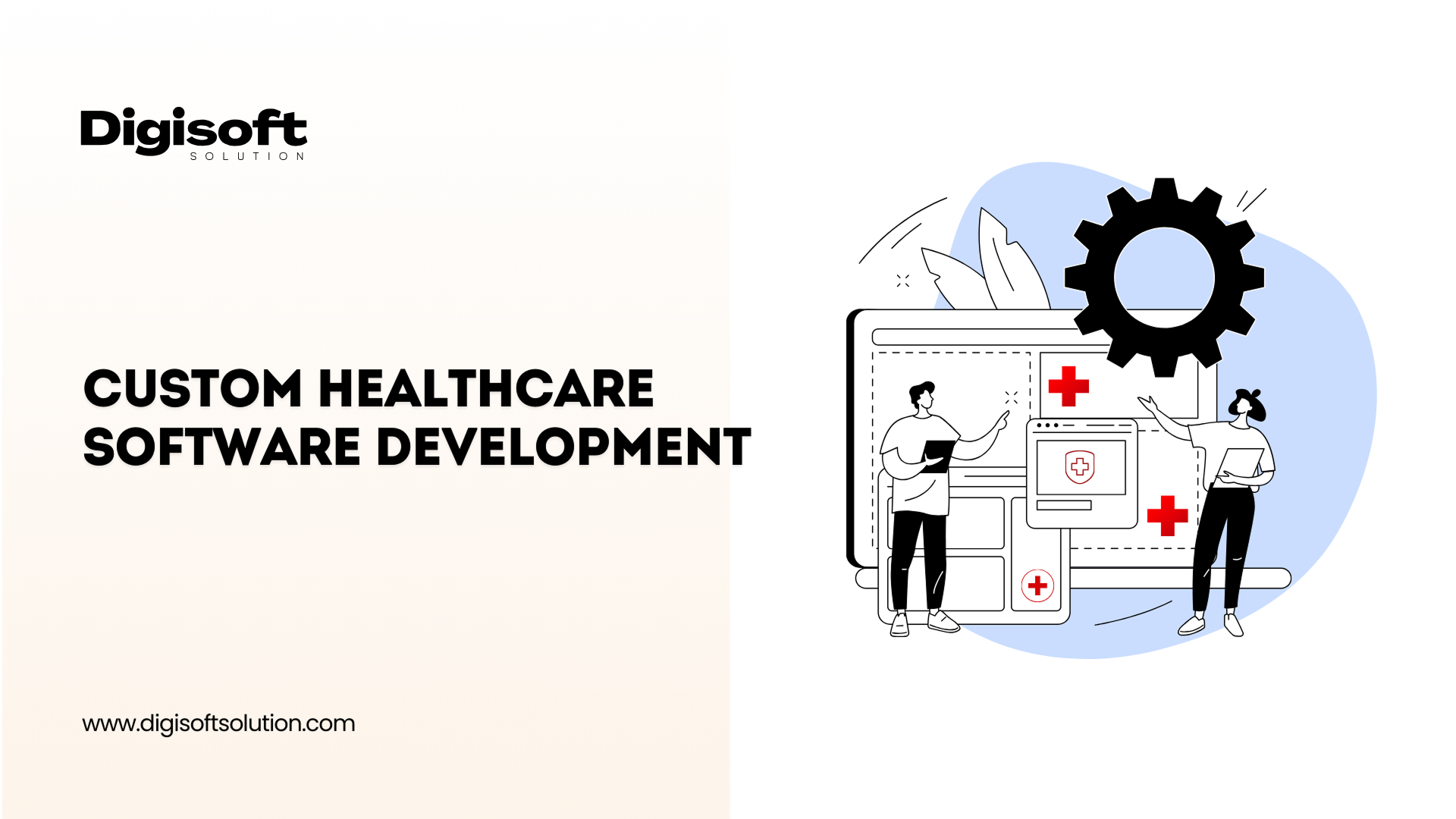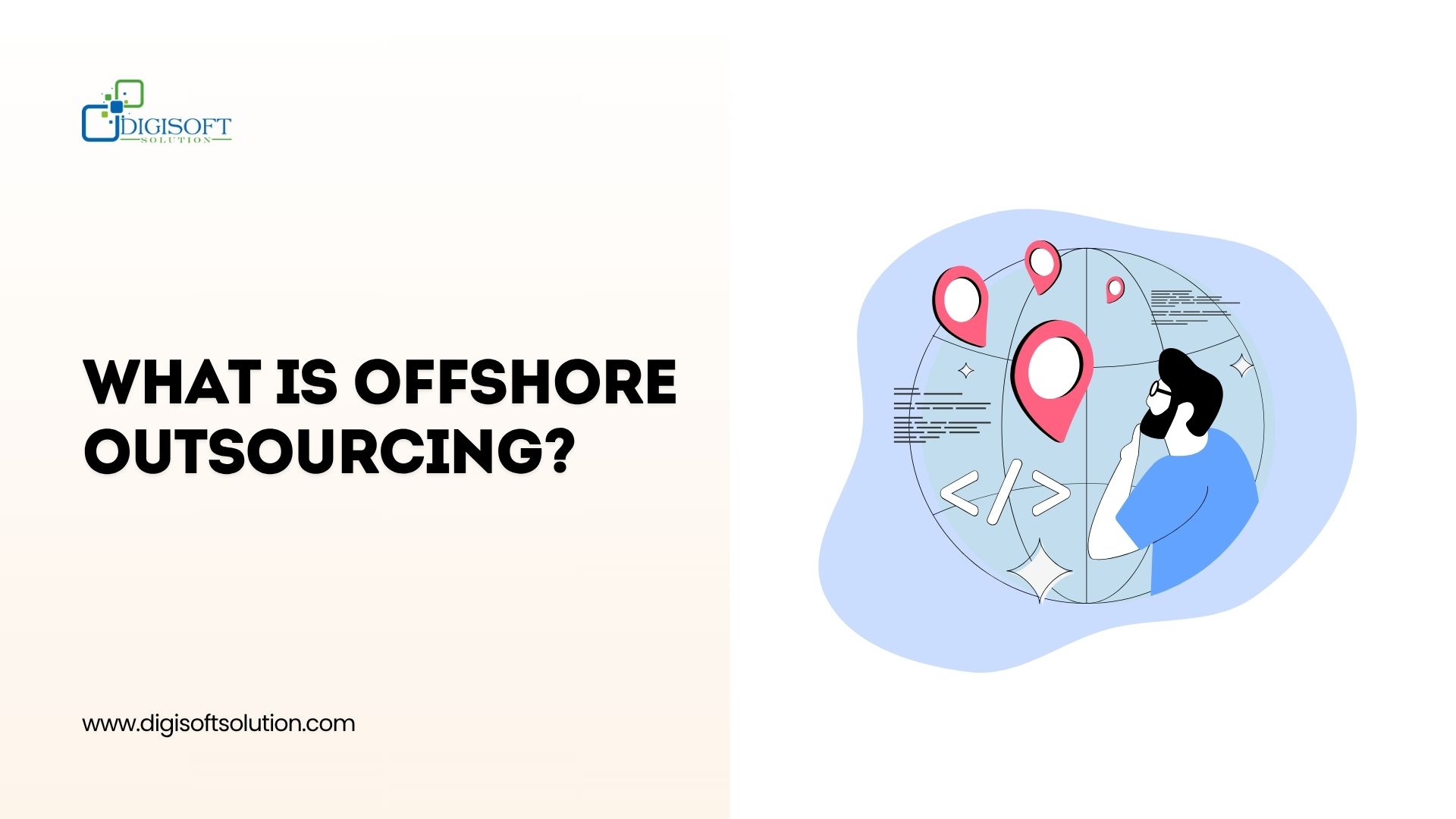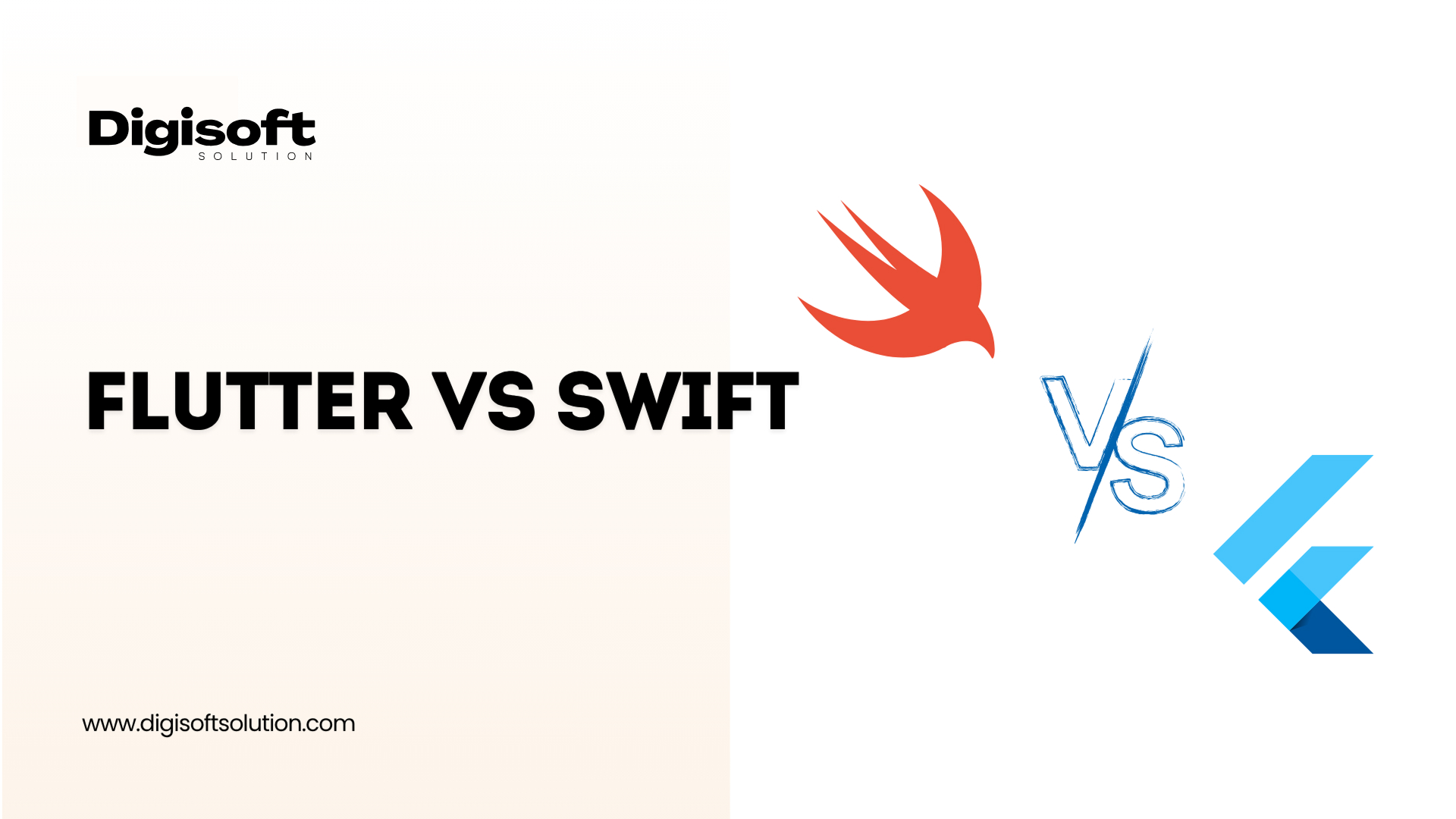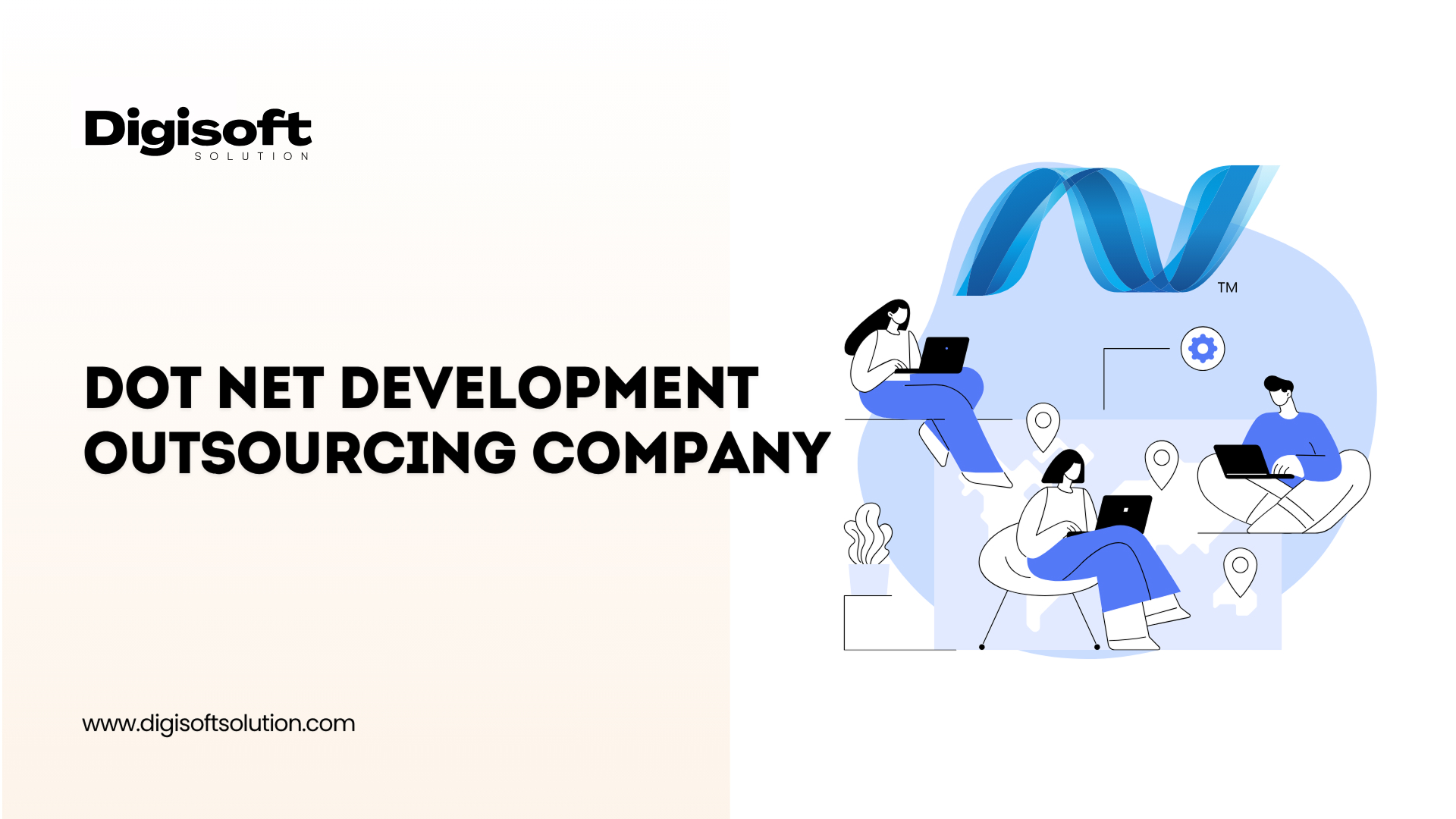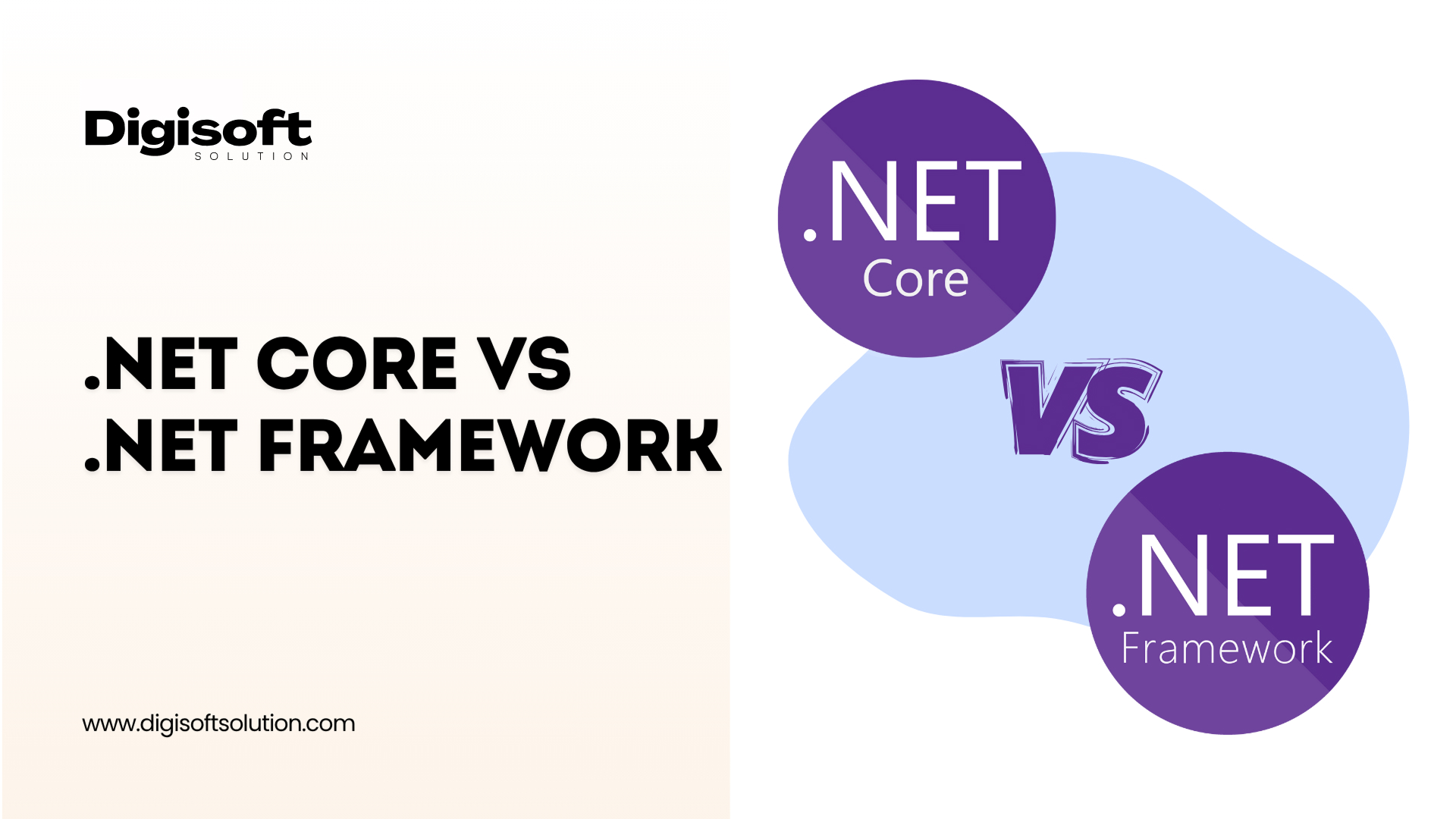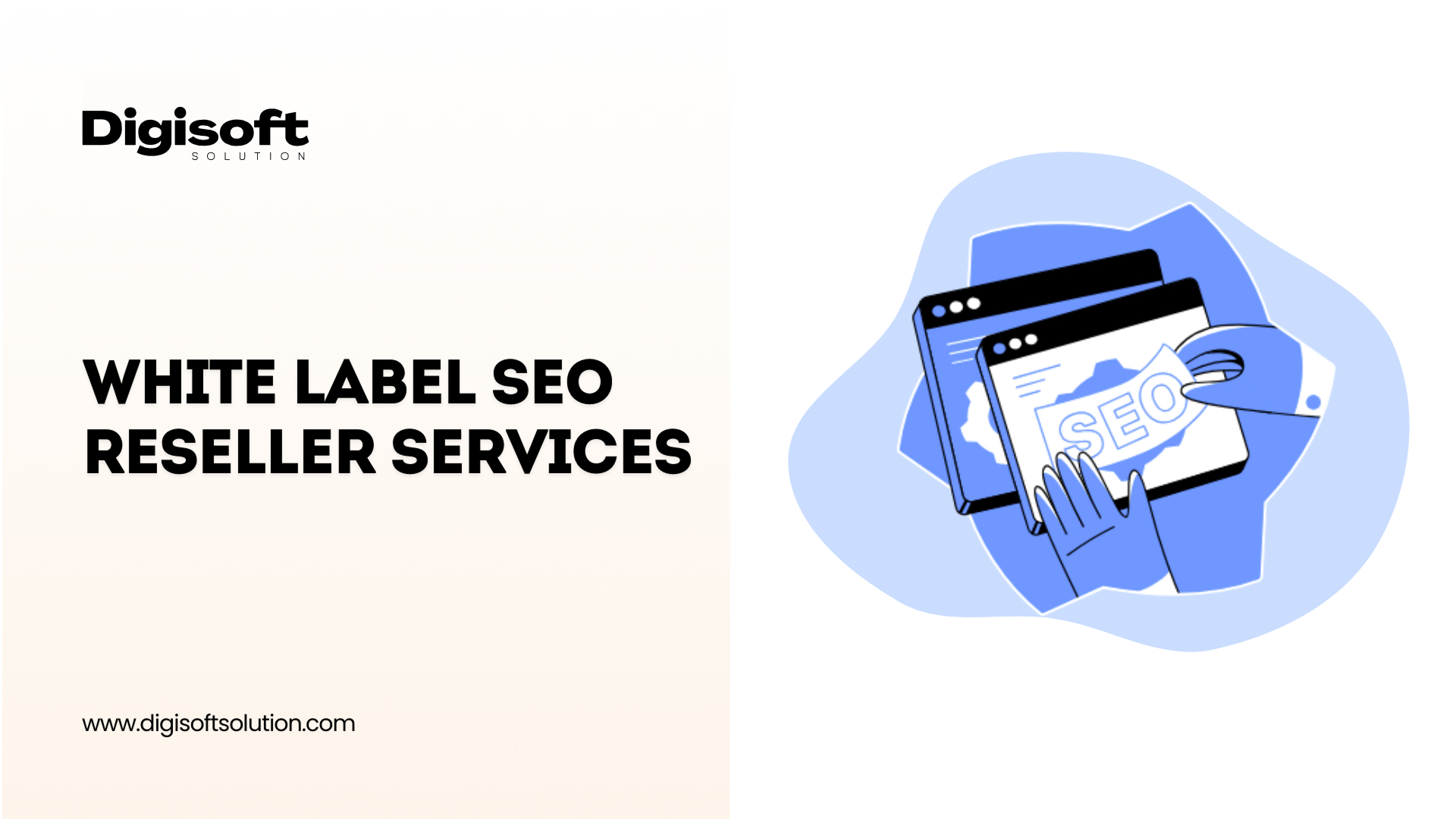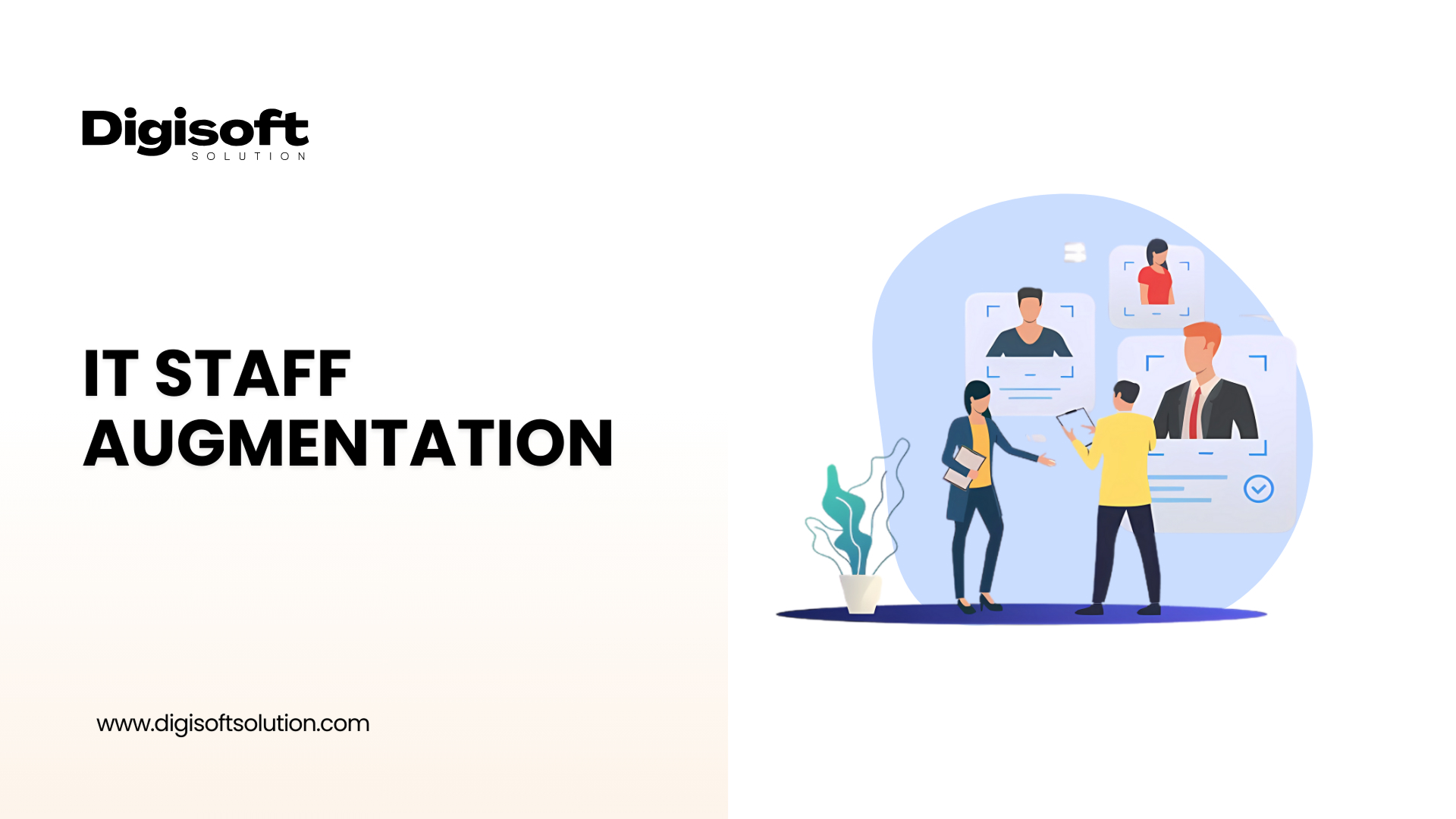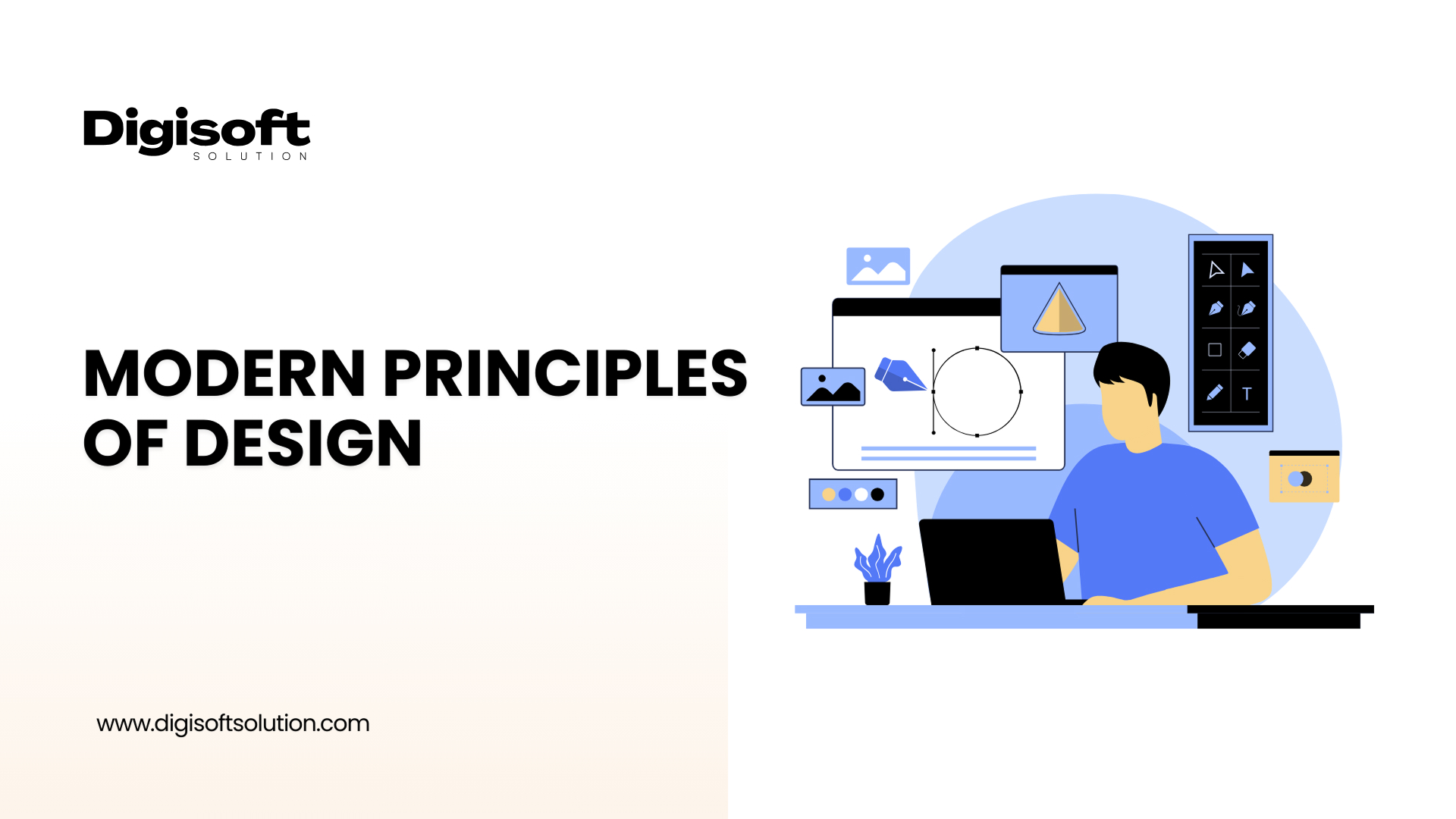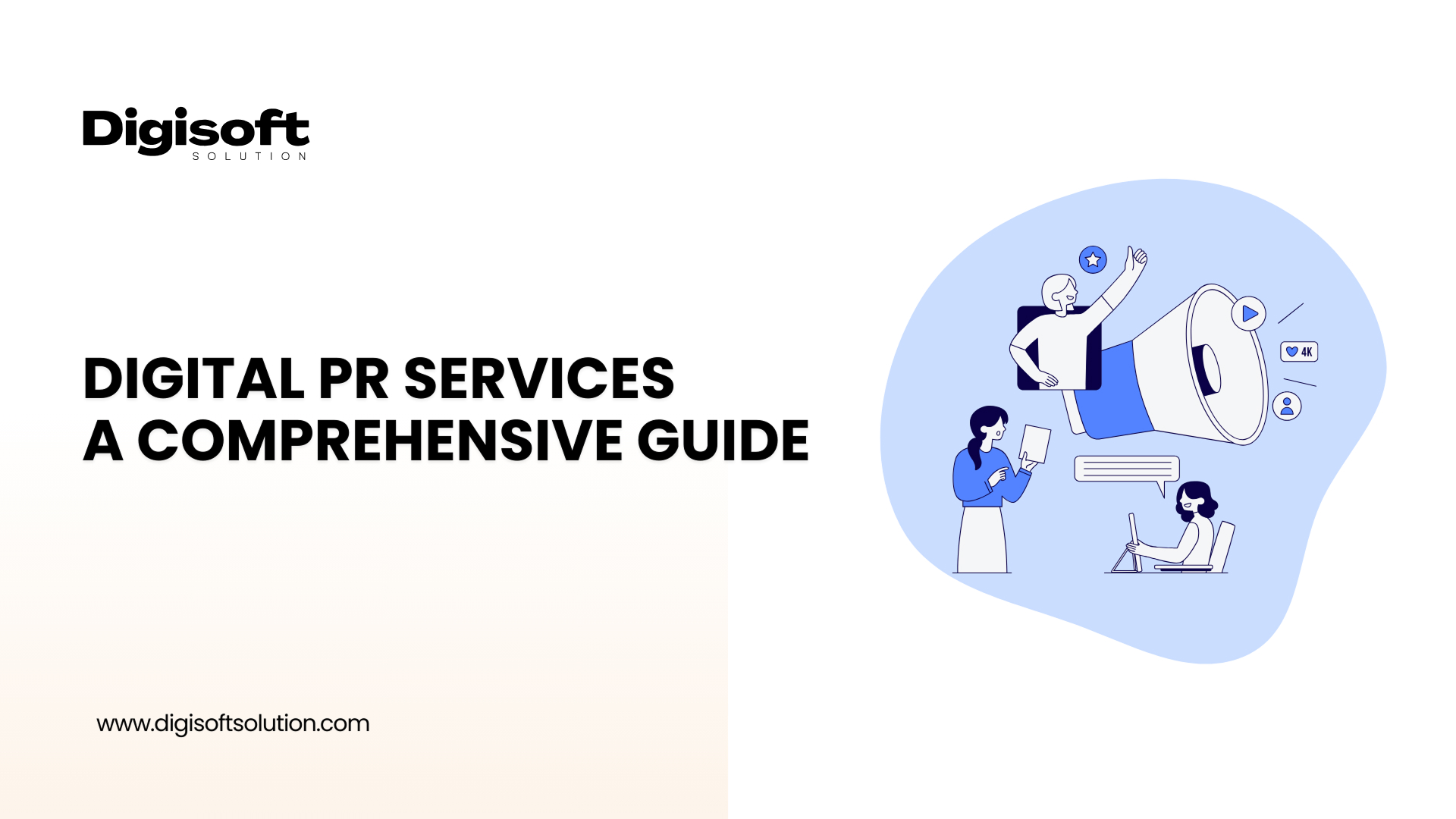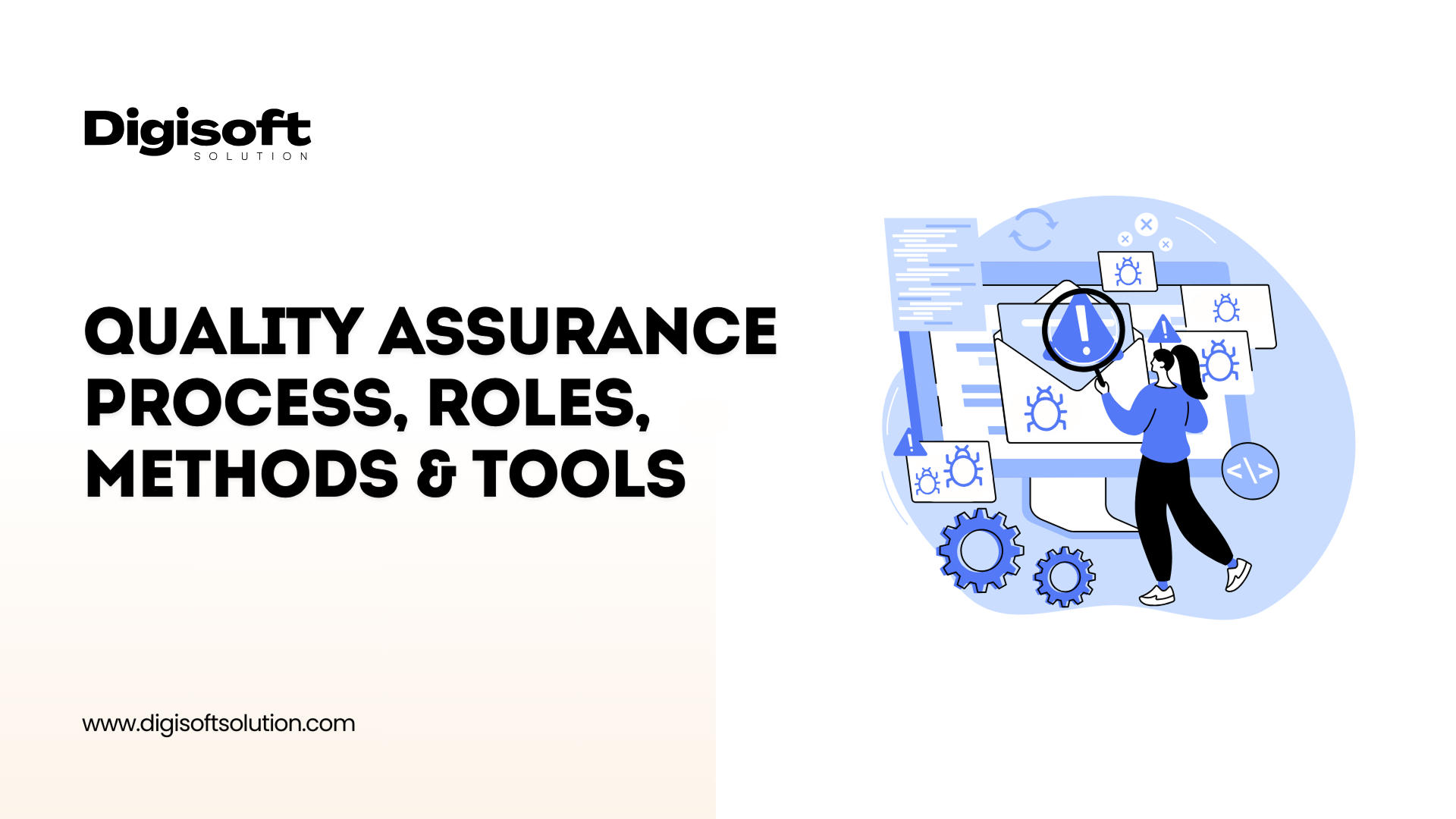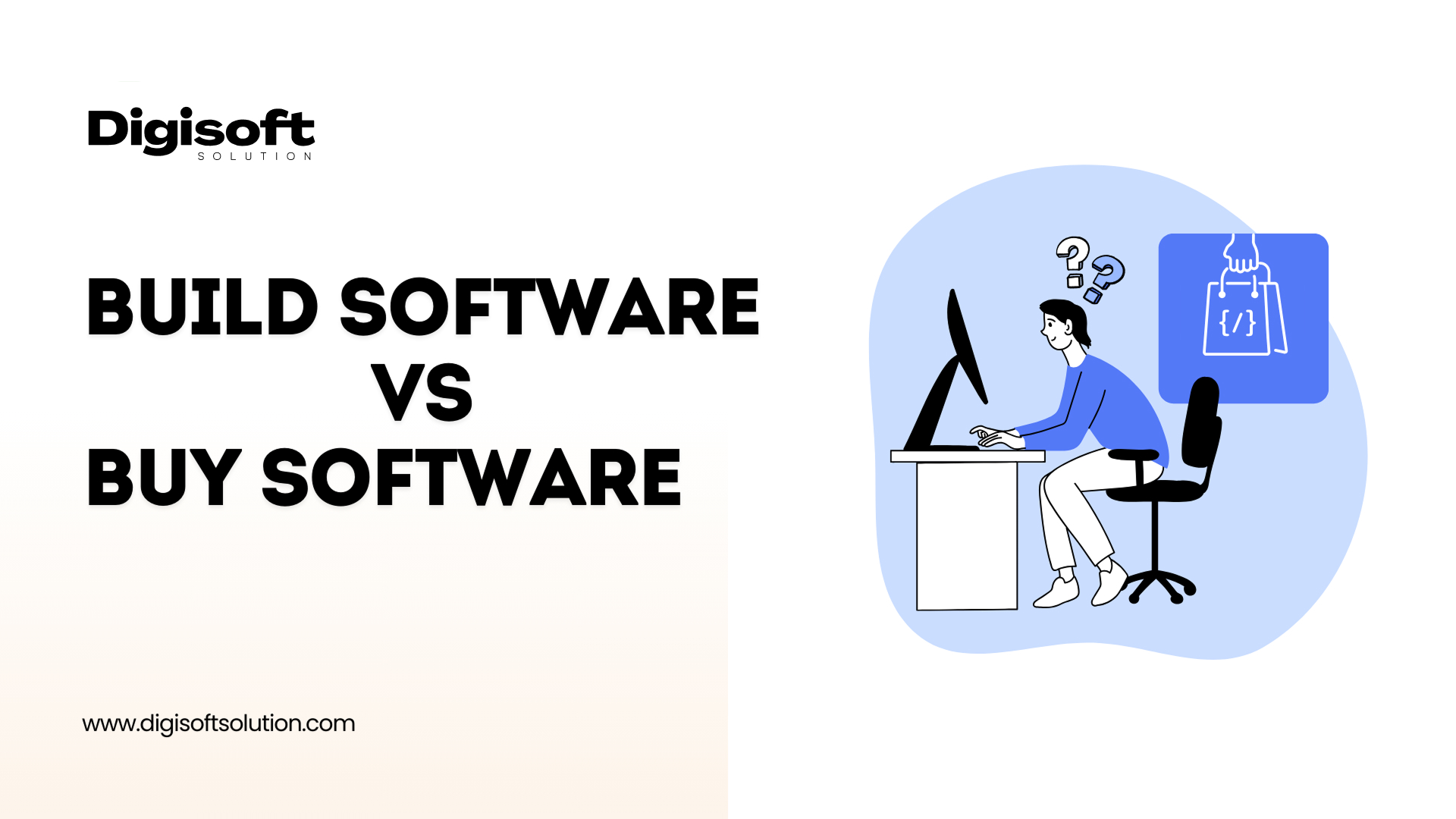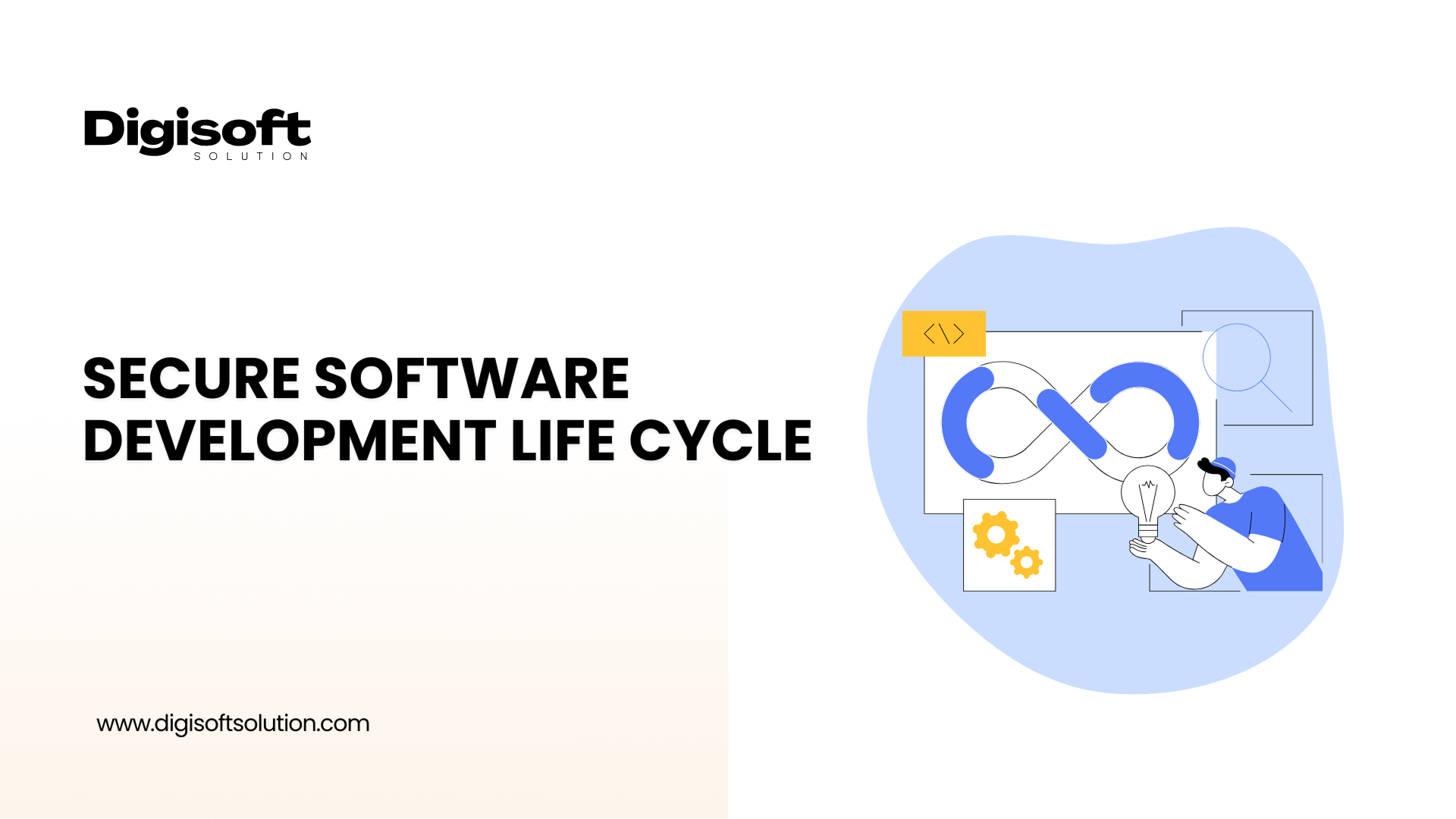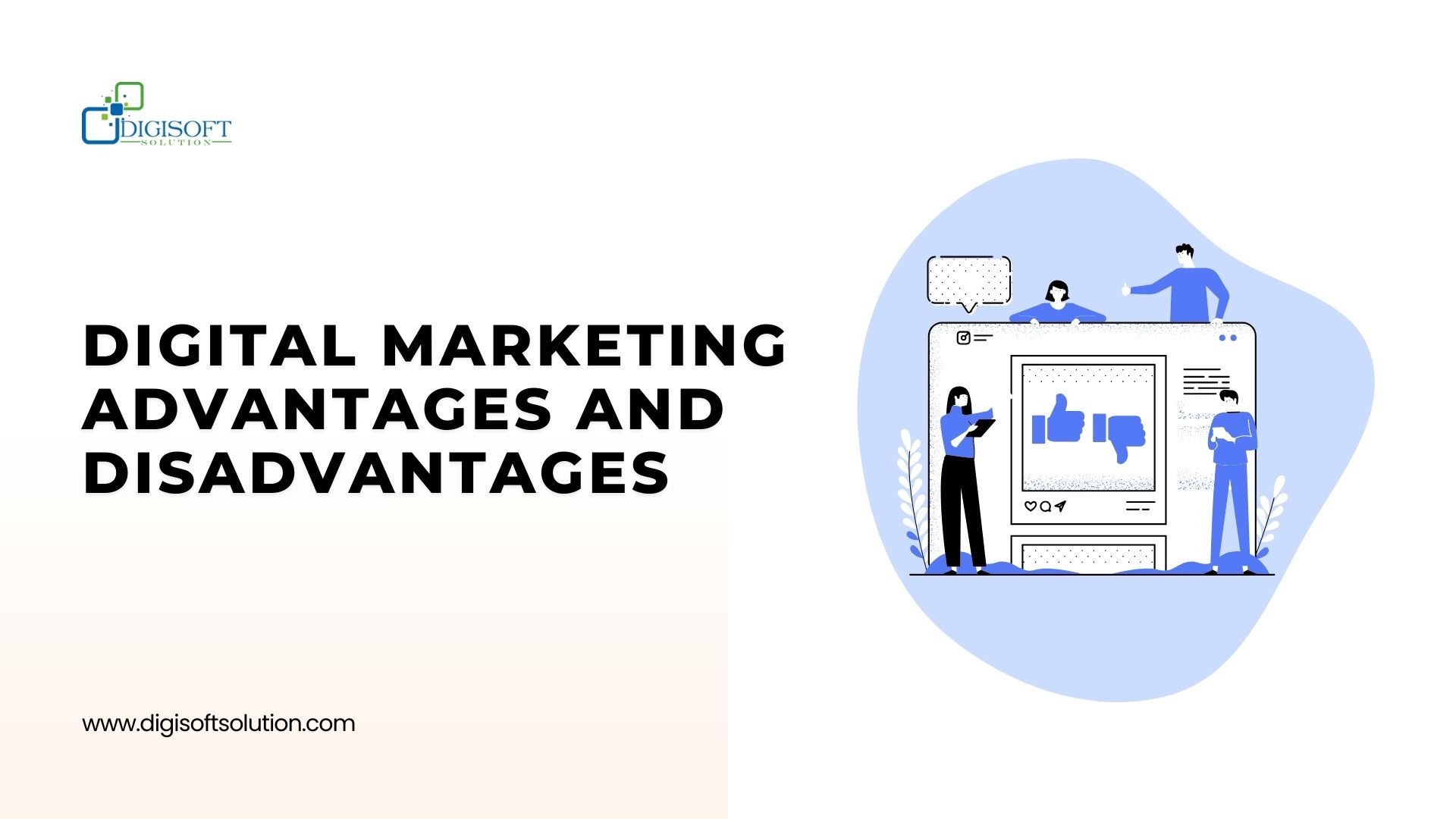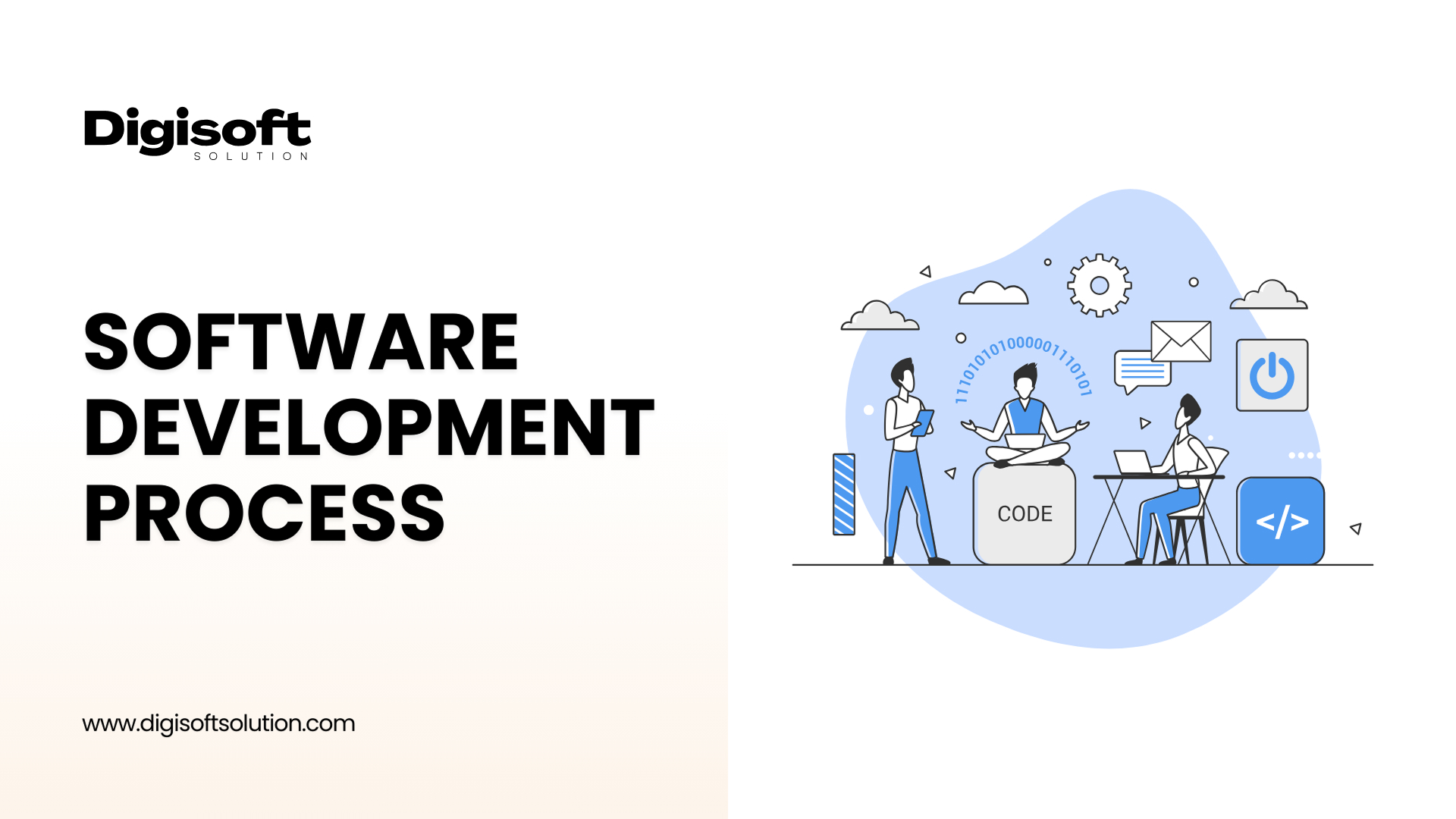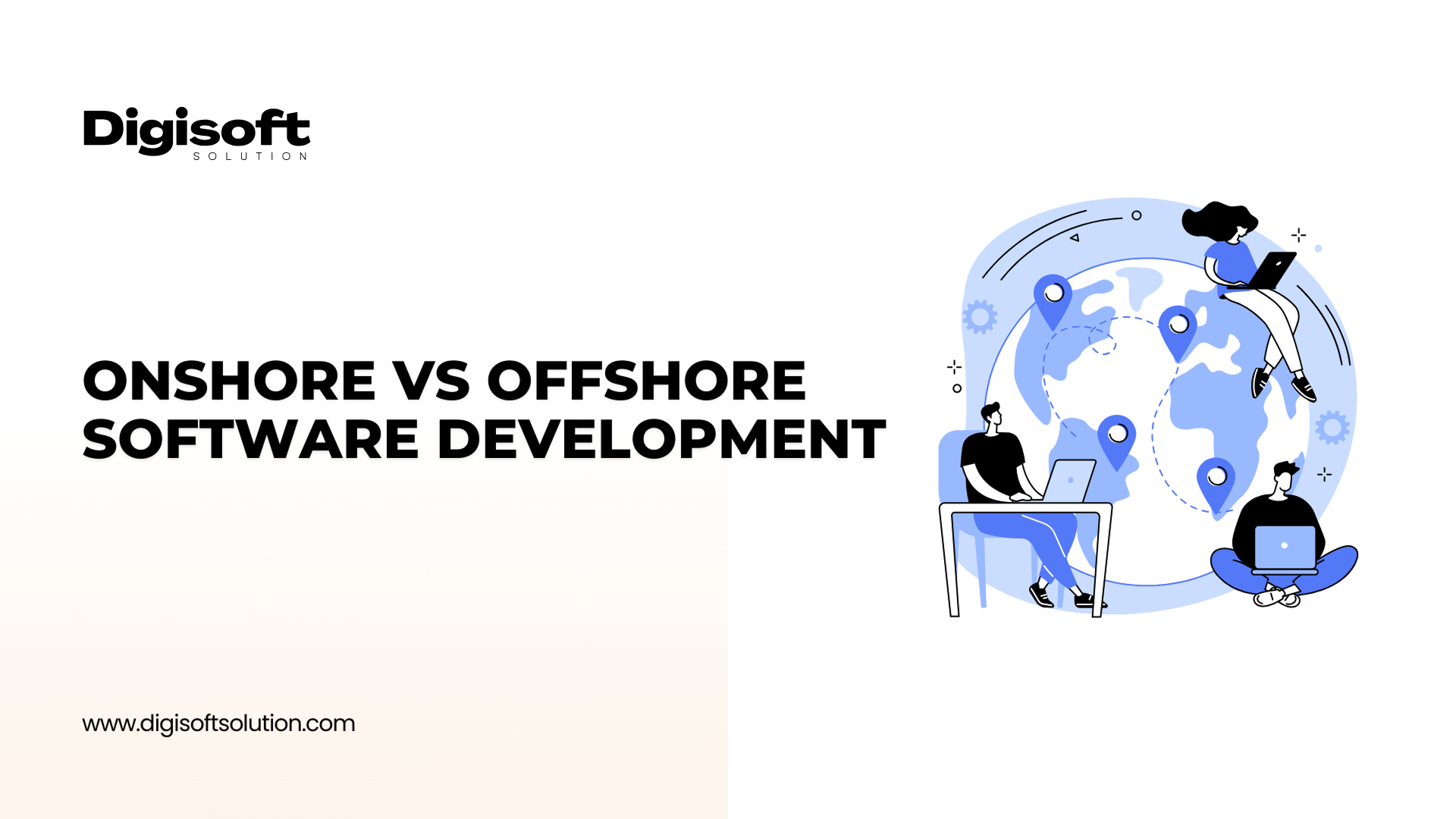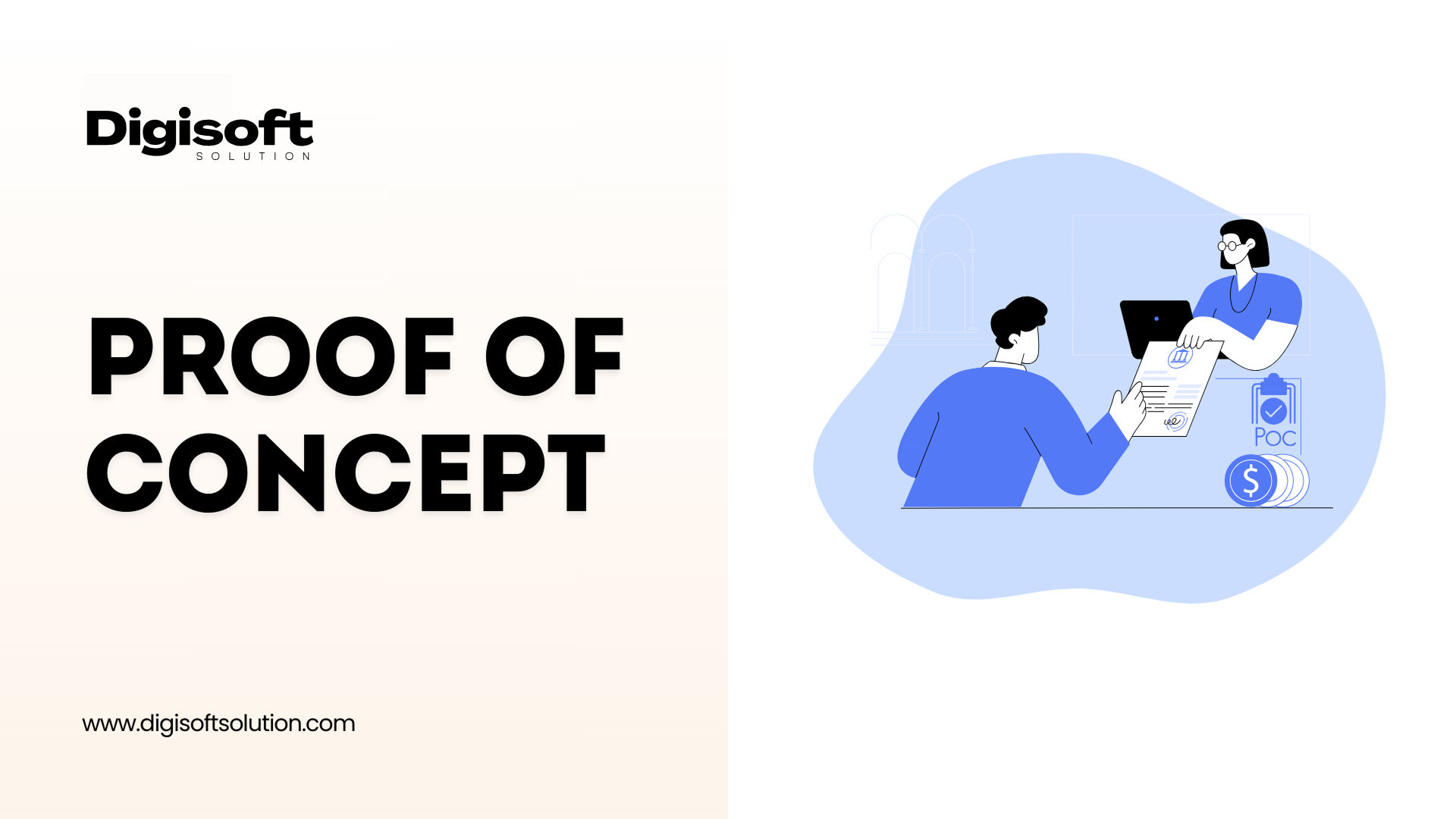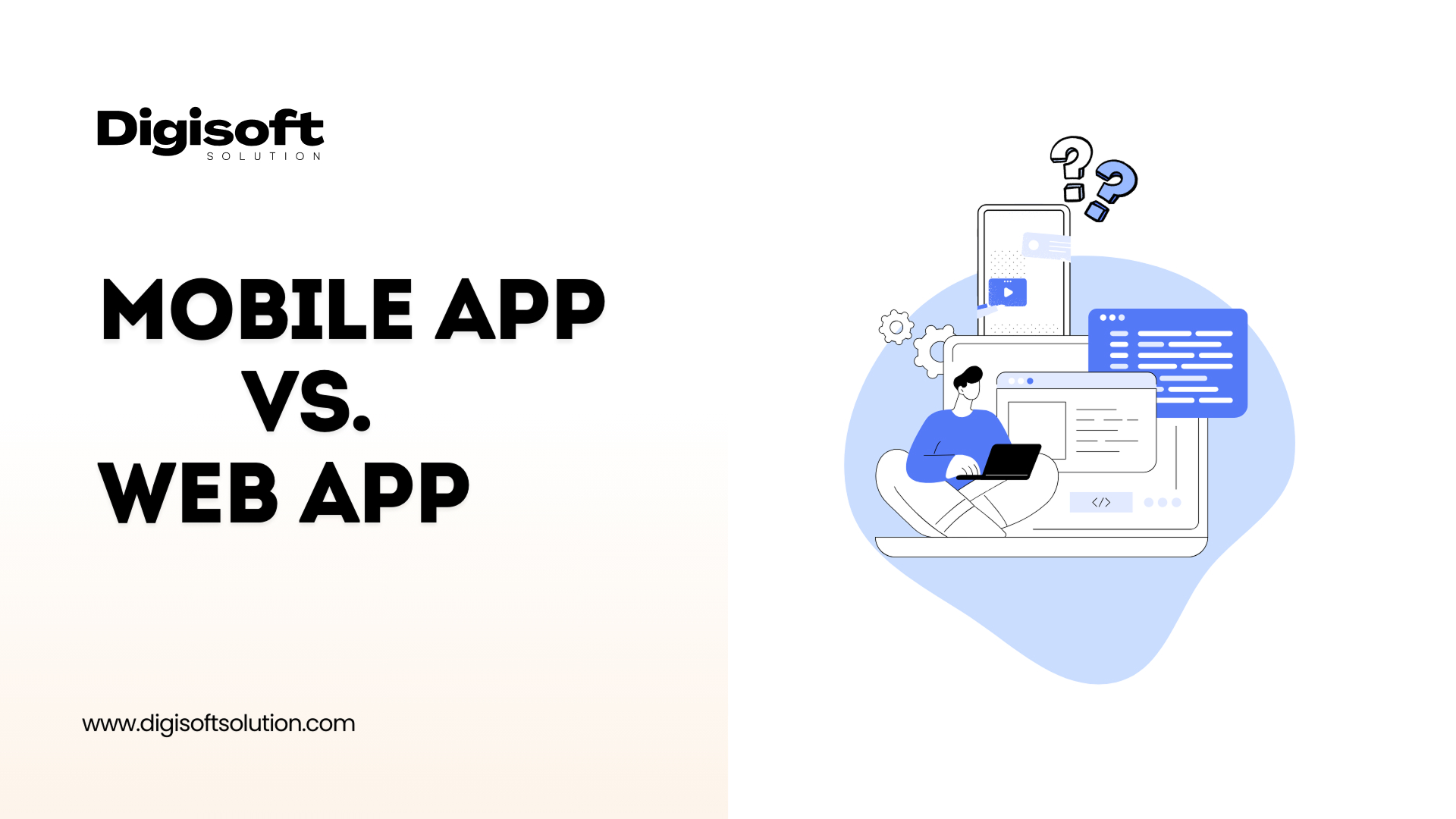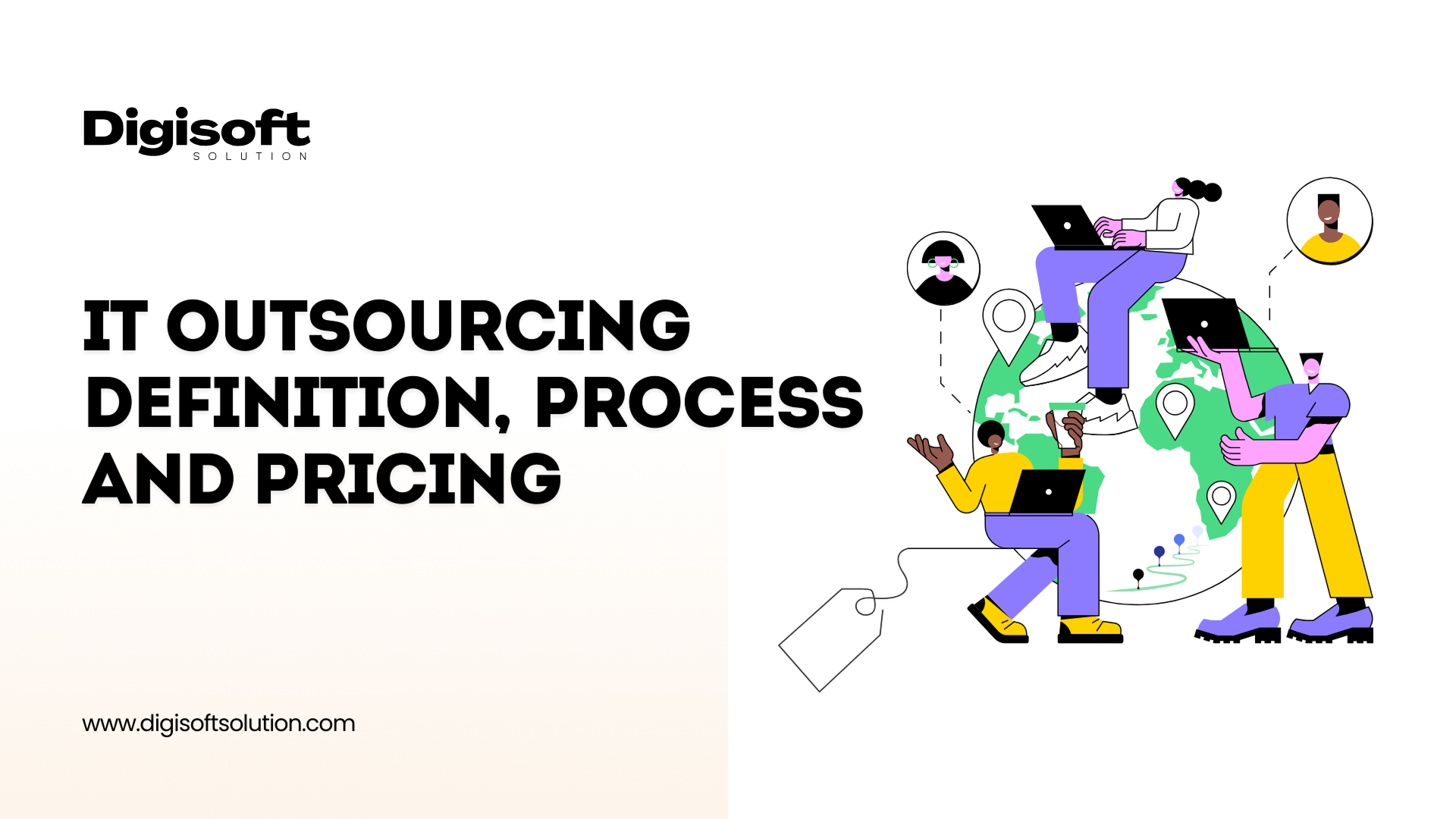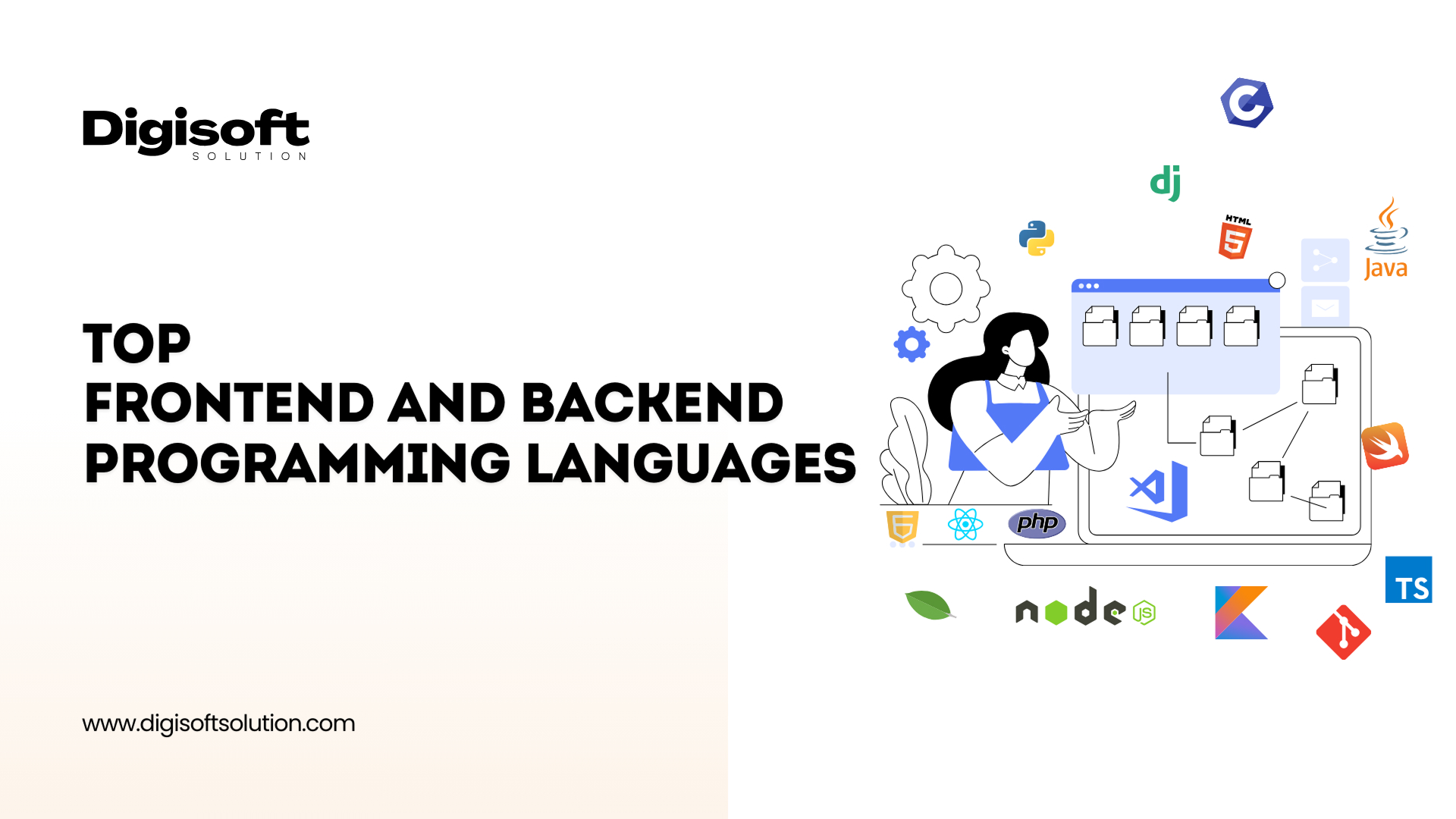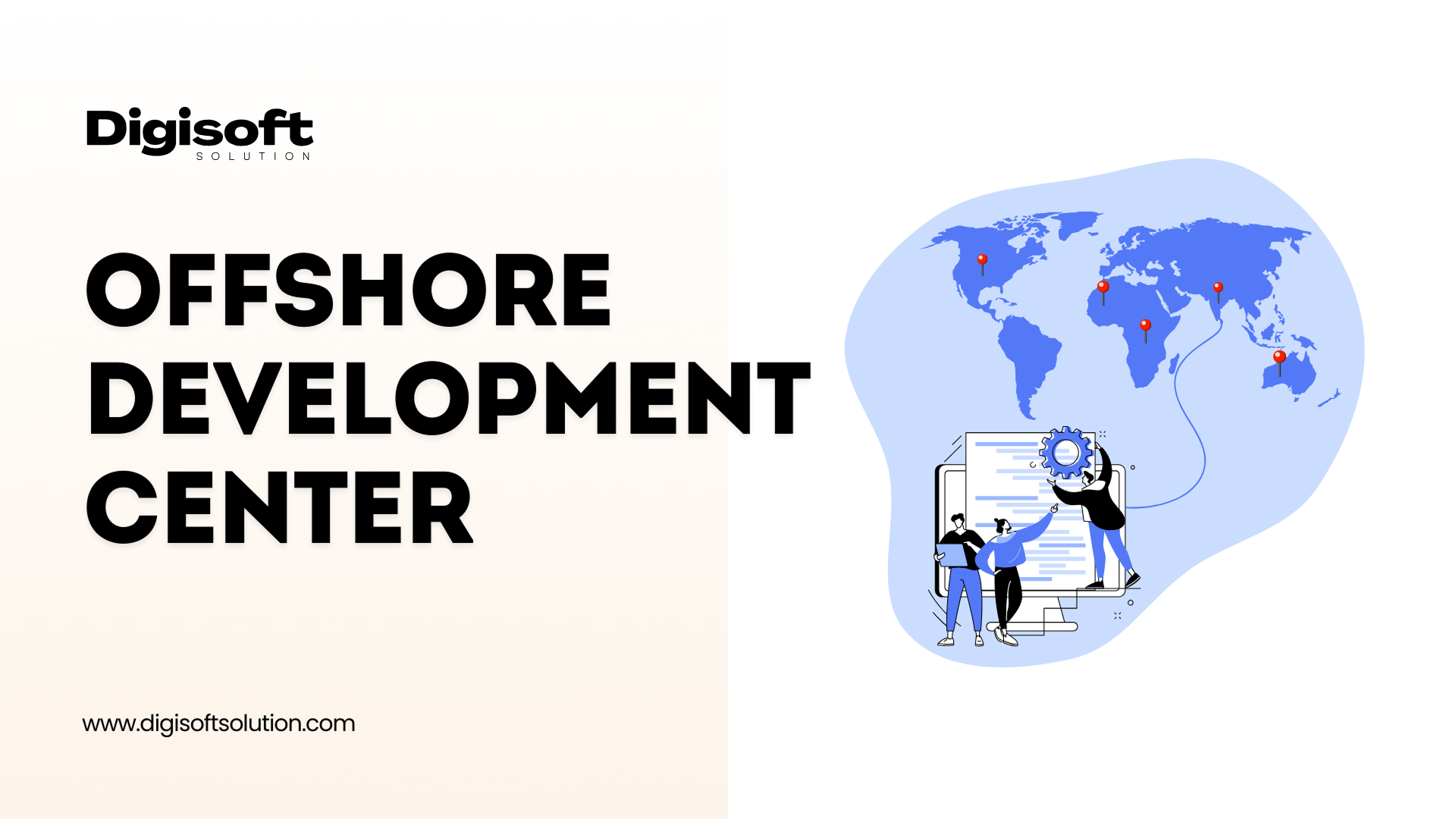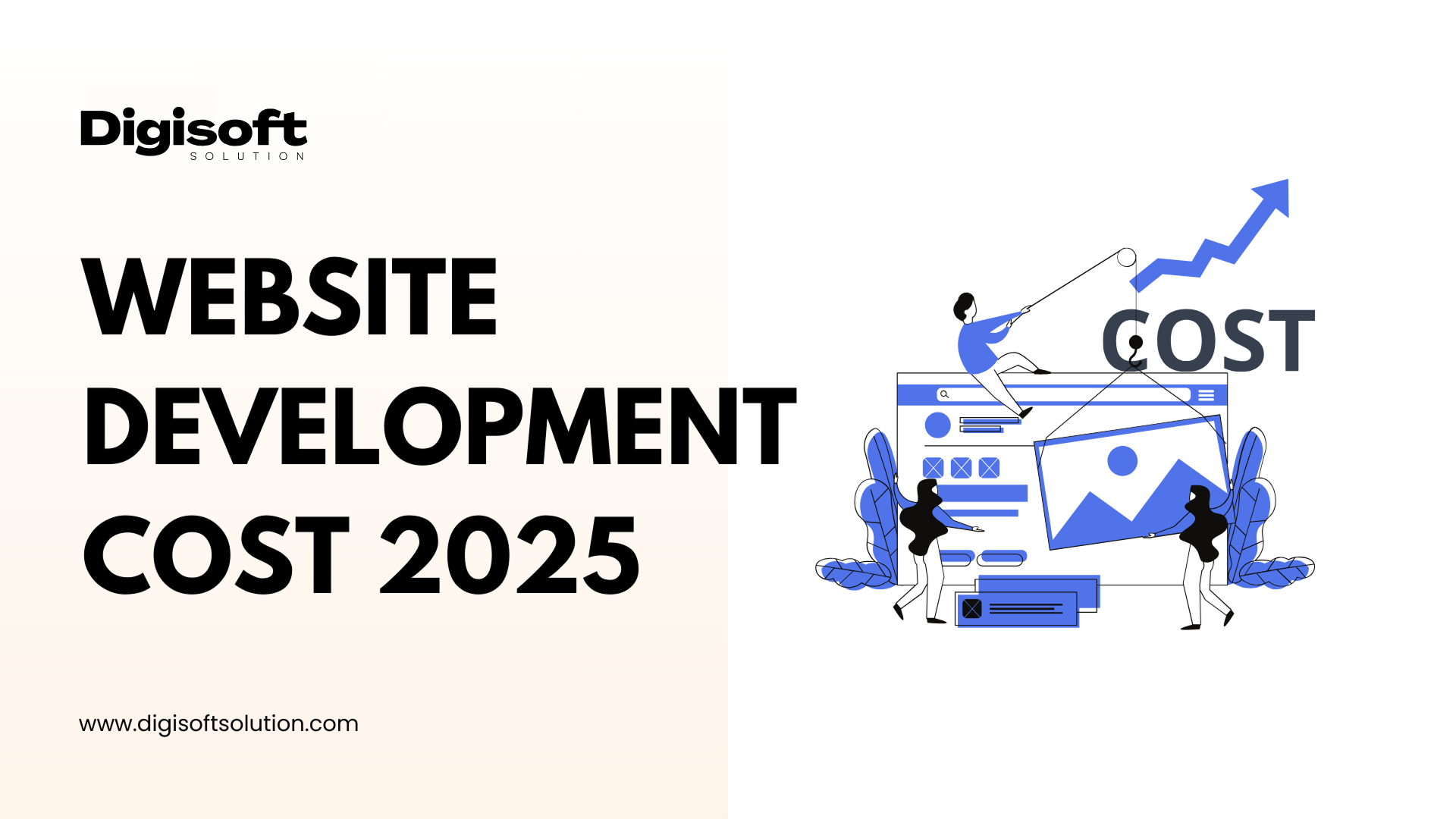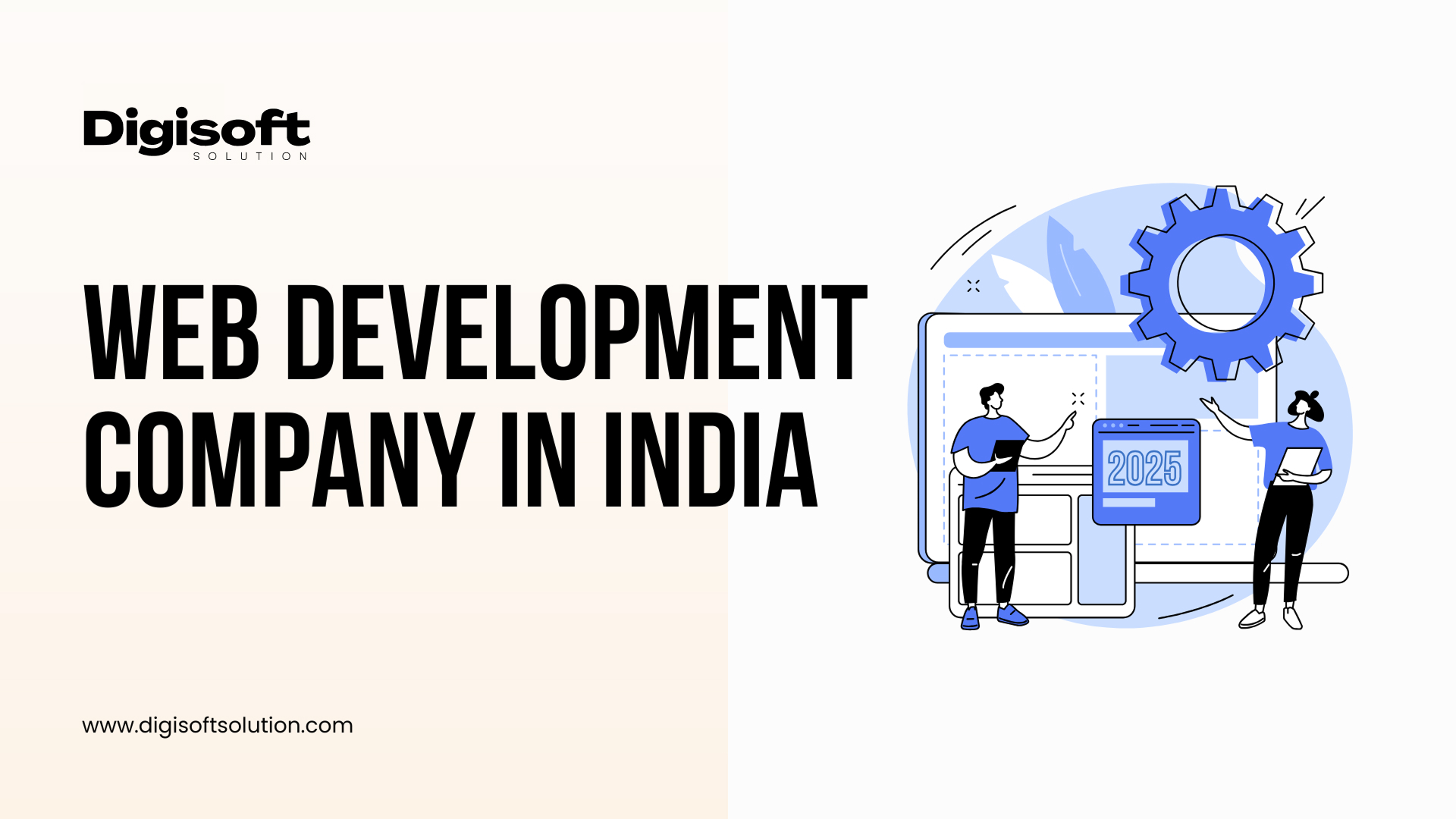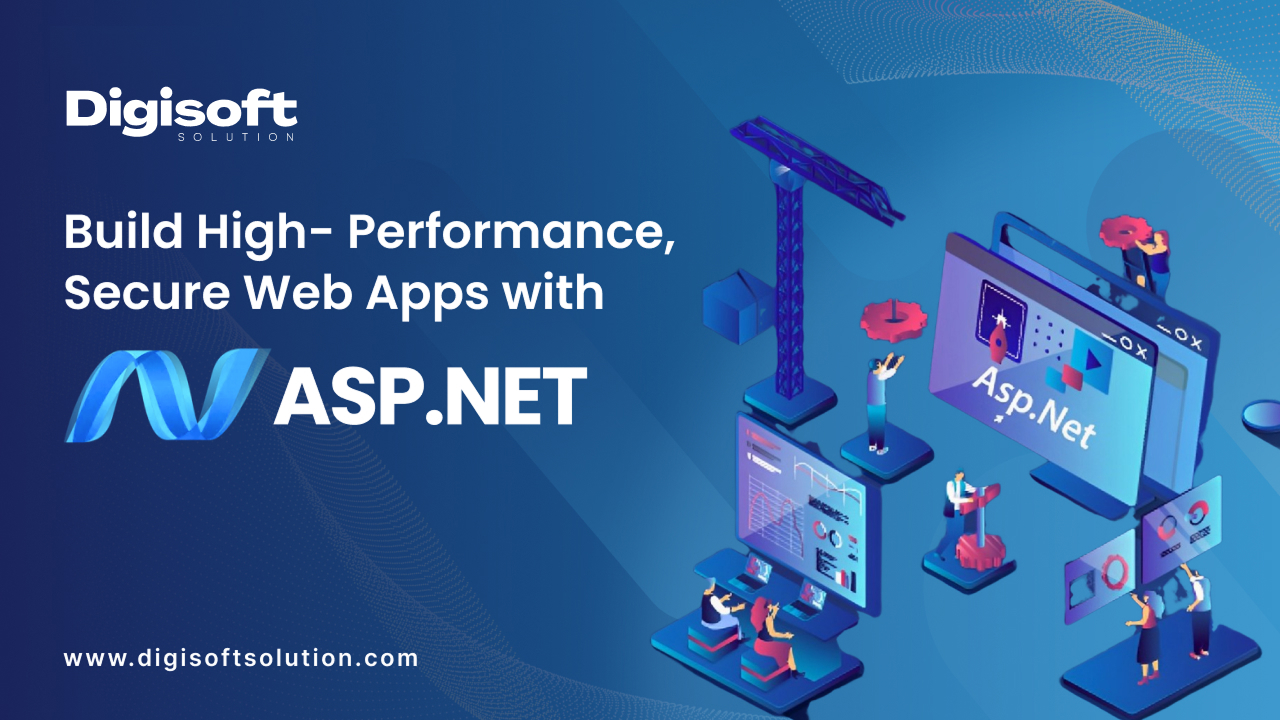Table of Content
Digital Transform with Us
Please feel free to share your thoughts and we can discuss it over a cup of coffee.

Navigating the ever-changing landscape of web development can feel a bit like trying to catch a wave: exhilarating, a tad overwhelming, but absolutely rewarding once you find your balance. In the vast ocean of digital innovation, two surfboards are currently catching the perfect wave: Dot NET development services and CMS (Content Management System) development services. As we paddle out to meet the future, let's dive into how these platforms are shaping up to be the big kahunas of the web development world, making waves with new trends and features and meeting the evolving needs of users.
Riding the .NET Wave: What's on the Horizon?
.NET has been a solid choice for developers for years, offering a reliable framework for building applications. But just like a seasoned surfer knows the sea is always changing, .NET is evolving to meet the future head-on with some exciting developments:
- Cross-Platform Crusades: The ability to develop applications that perform seamlessly across different platforms is more of a necessity than a luxury today. .NET's cross-platform development capabilities mean businesses can reach wider audiences without doubling their development efforts.
- Microservices Mastery: The shift towards microservices architecture is like choosing a nimble shortboard over a longboard. It allows for more agility, scalability, and the flexibility to catch any wave, no matter how unpredictable. .NET's design is perfect for this, supporting modular and lightweight applications that can ride the big data waves with grace.
- Blazor's Brilliance: Imagine if you could hit the waves with the same board, no matter the conditions. Blazor lets developers use C# across client and server-side applications, meaning less time learning new tricks and more time shredding the web development pipeline.
- AI and Machine Learning Mojos: With ML.NET, integrating smart, predictive features into applications is becoming straightforward, making apps not just tools but intuitive companions for users.
- Performance Peaks: The need for speed is universal, whether on water or the web. .NET's continuous enhancements mean applications not only launch faster but also handle big waves of data and traffic without wiping out.
CMS Development: Crafting the Ultimate User Experience
In the realm of CMS development, the tide is turning towards creating more than just content-manageable websites; it's about crafting experiences that resonate on a personal level with users:
- Headless Horizons: The headless CMS architecture decouples the back end from the front end, offering unparalleled flexibility in delivering content. It's like having a quiver of boards ready for any condition, ensuring your content rides high across all channels.
- AI-Powered Personalisation: Tailoring content to individual users with AI is like having a surf instructor who knows exactly when you're ready for the next wave. CMS platforms are increasingly using AI to offer personalised experiences that engage and captivate.
- Voice Search Vistas: As voice-activated devices become more prevalent, optimising content for voice search is akin to knowing the local lingo. CMS platforms are evolving to ensure your content can be easily found, no matter how users ask for it.
- Content as a Service (CaaS) Currents: Delivering consistent content experiences across various platforms is essential in today's digital ecosystem. CaaS is the wave of the future, ensuring your content reaches your audience wherever they are.
- Security Swells and Compliance Currents: As cyber threats loom larger, CMS platforms are fortifying their defenses, ensuring your digital presence is secure. Compliance with regulations like GDPR is also becoming a built-in feature, keeping your content not just compelling but compliant.
Surfing the User Experience Wave
Adapting to the latest trends in .NET and CMS development services isn't just about leveraging new technology; it's about aligning with what users expect and demand in the digital age. Speed, personalisation, and seamless experiences across devices and platforms are the crests every business aims to ride.
By adopting a user-centric approach and embracing the future of .NET and CMS technologies, businesses and developers can create digital experiences that not only meet user expectations but propel them into the future of digital engagement.
Conclusion
Web development has a bright, dynamic future ahead of it. The possibilities for developing dynamic, adaptable, and personalised digital experiences are virtually limitless thanks to developments in CMS and .NET platforms. To succeed in the digital age, one must keep up with current developments and comprehend the needs of their users. It's all about balance, agility, and, above all, riding the wave, just like surfing. Together, let's kayak towards the future so that we can catch the upcoming major wave in web development.
Digital Transform with Us
Please feel free to share your thoughts and we can discuss it over a cup of coffee.

 Parampreet Singh
Parampreet Singh
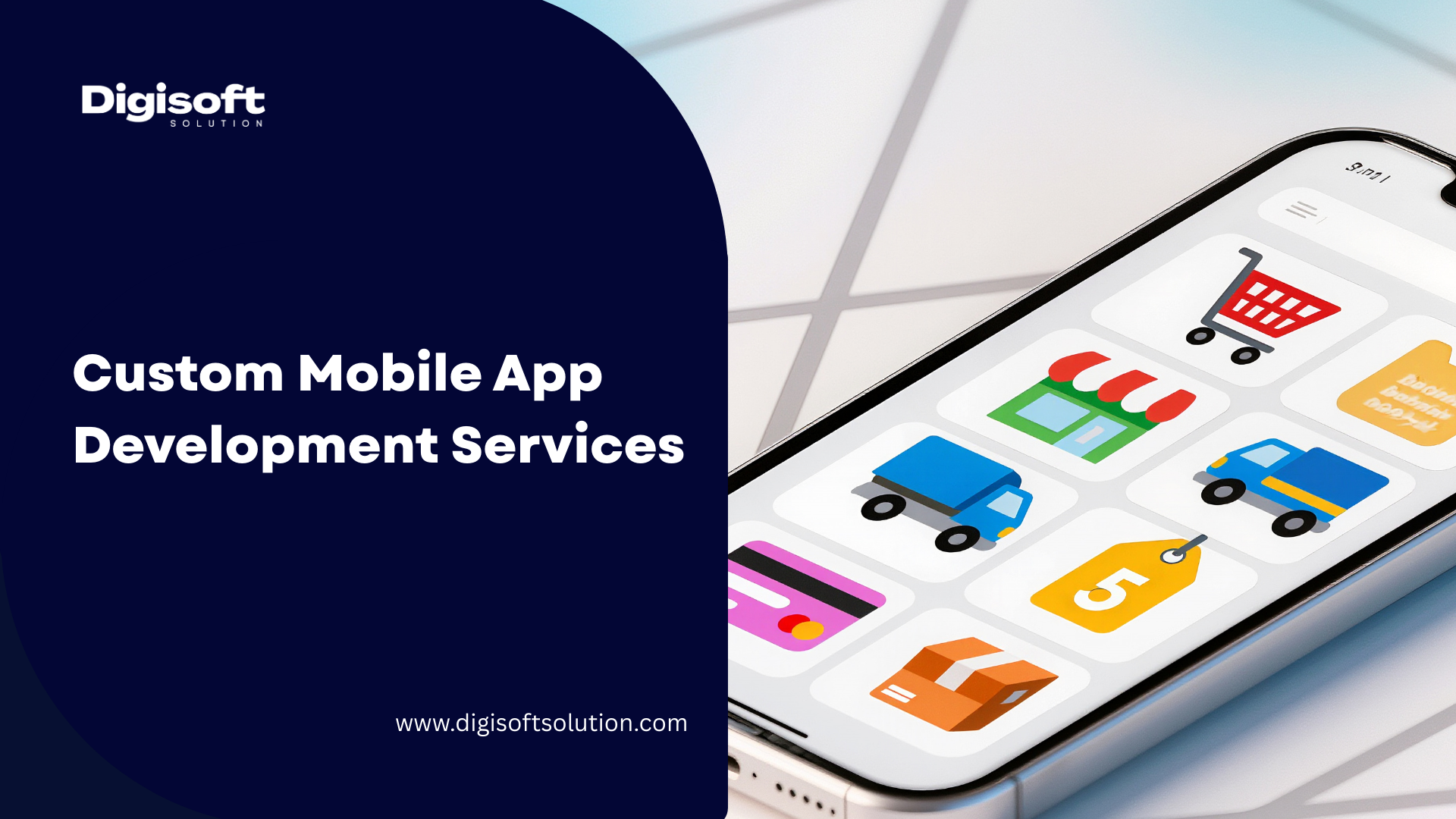
 Kapil Sharma
Kapil Sharma
